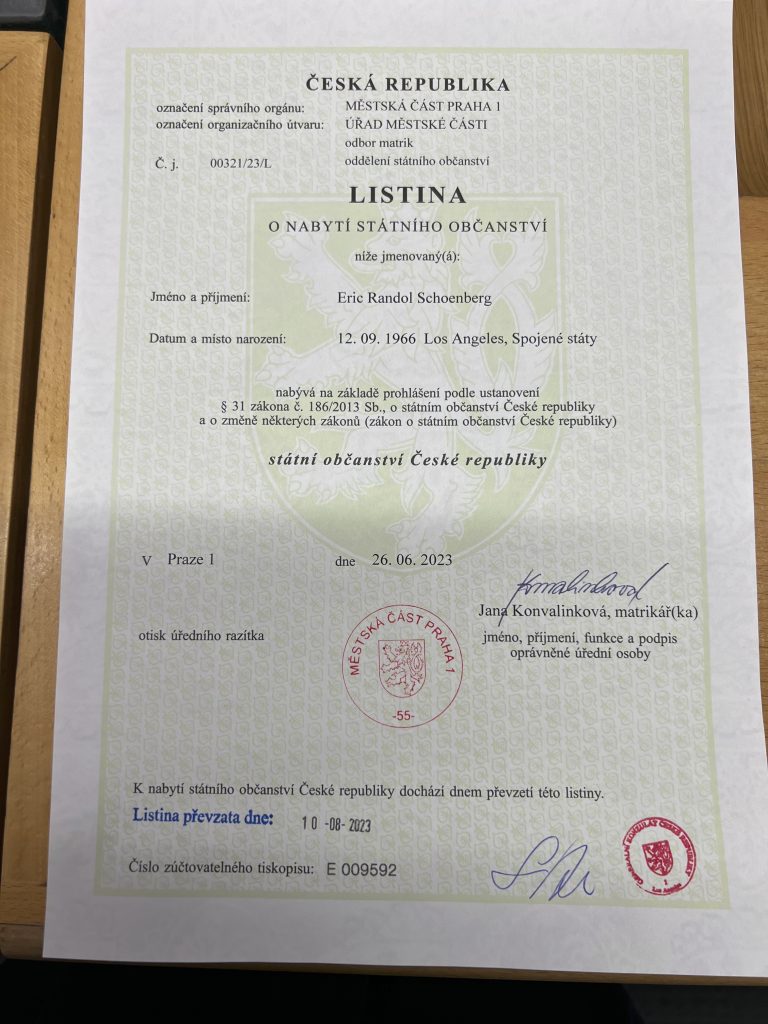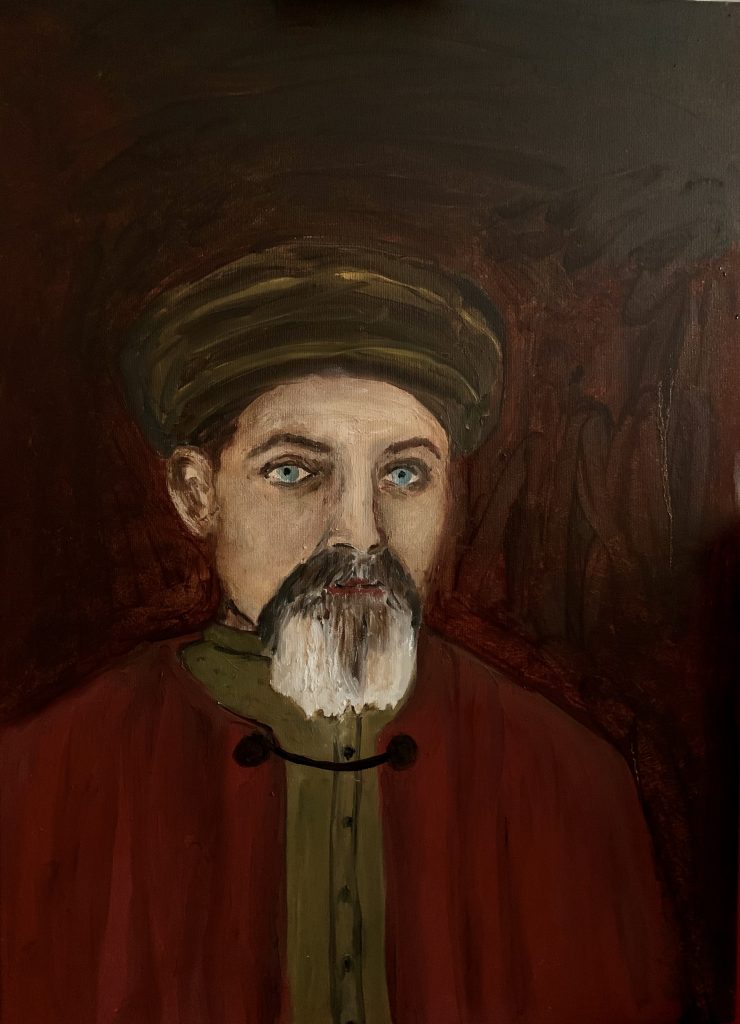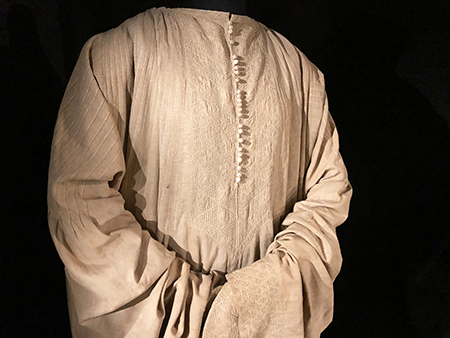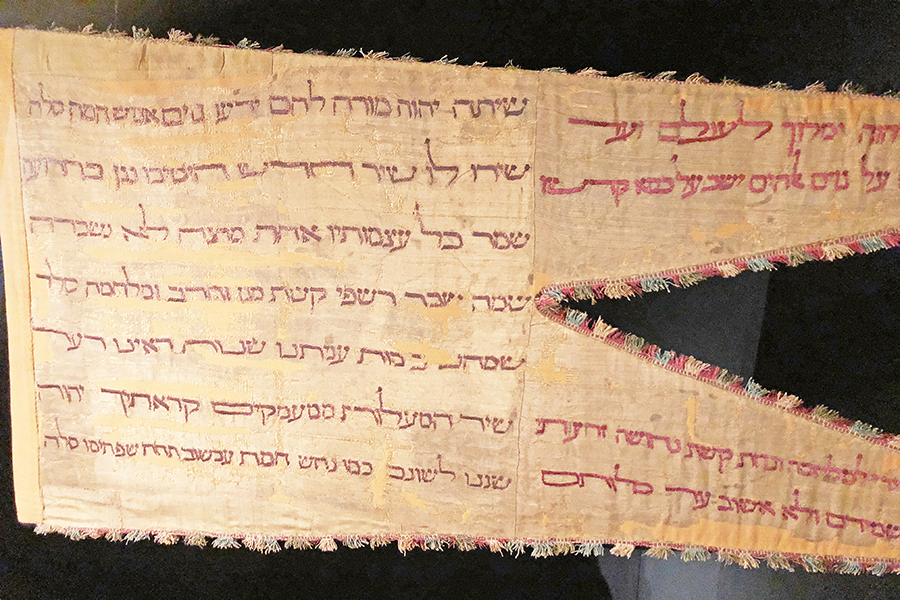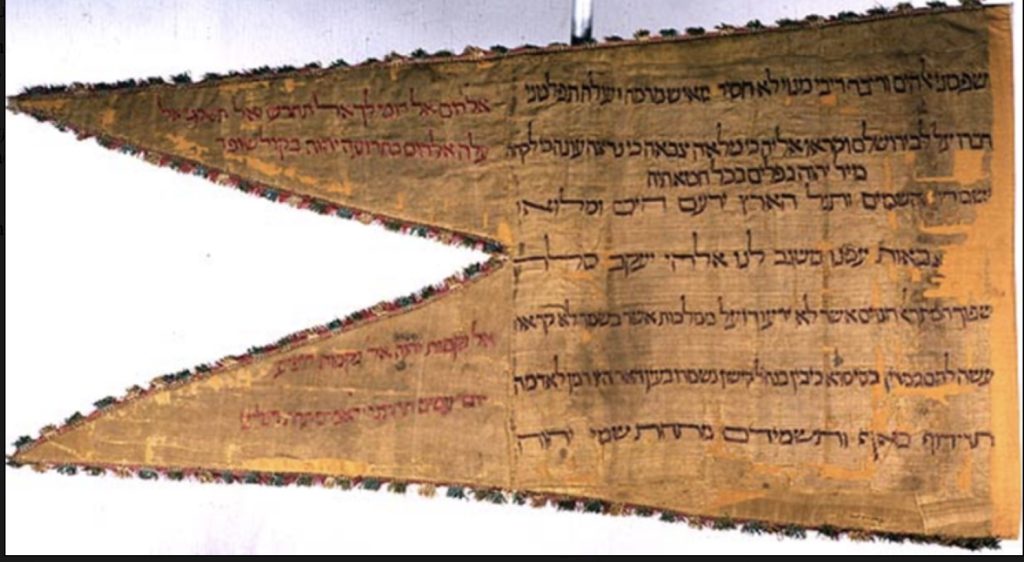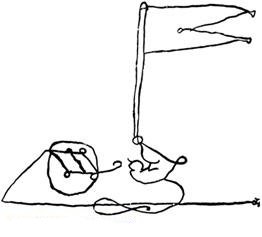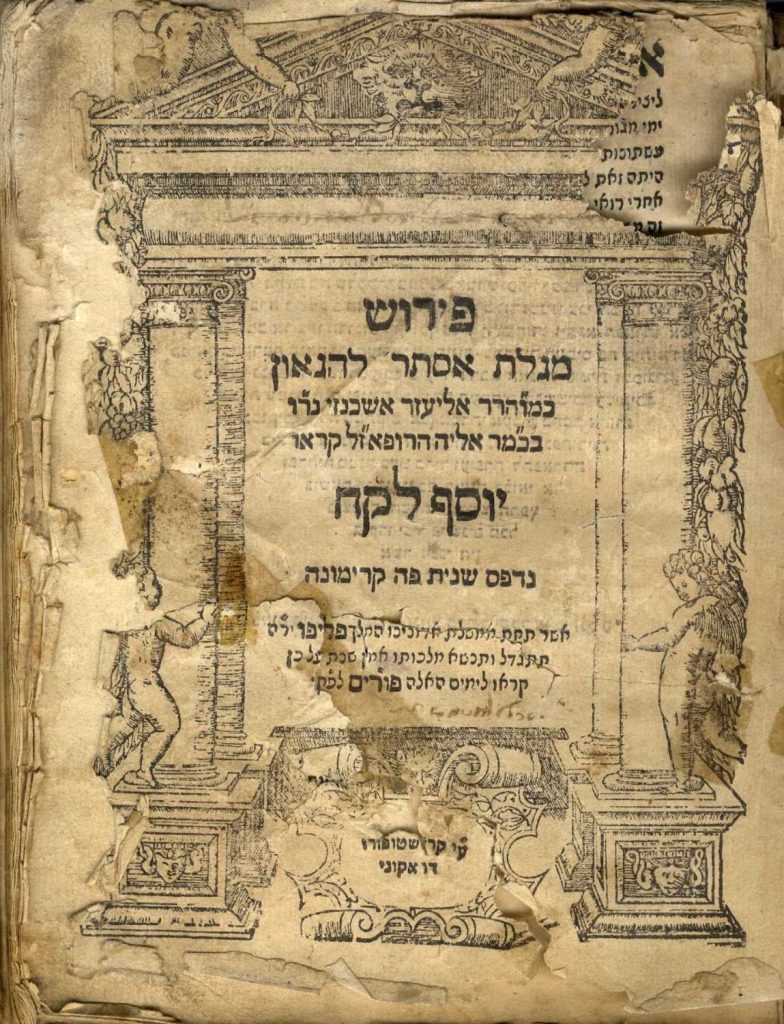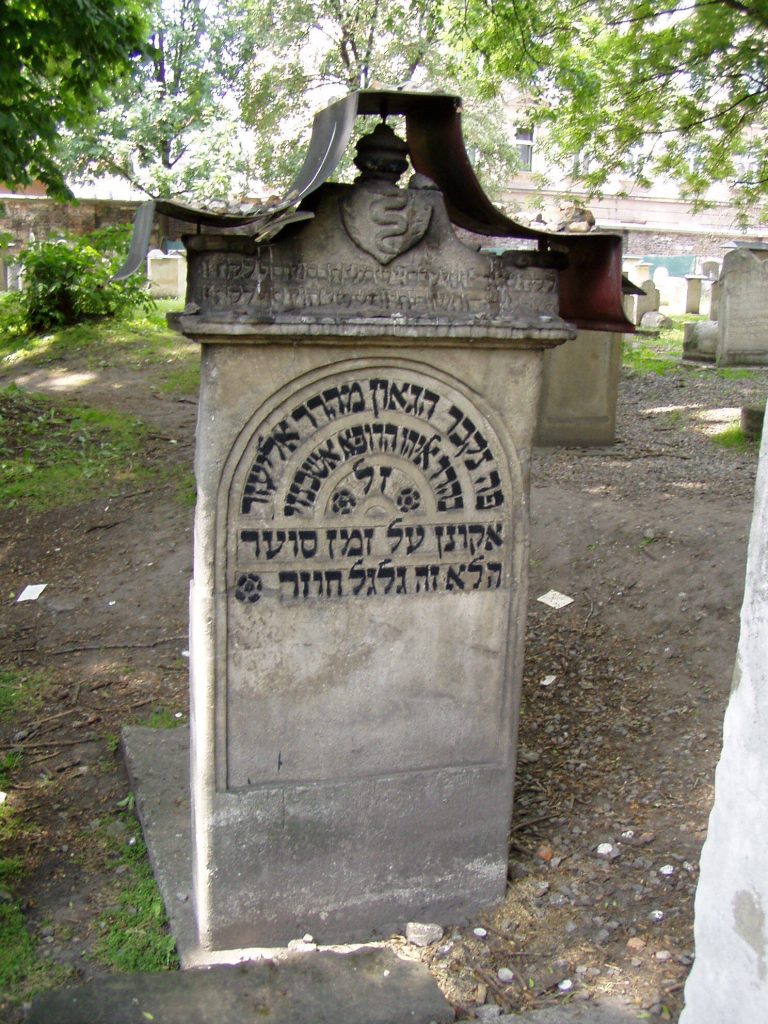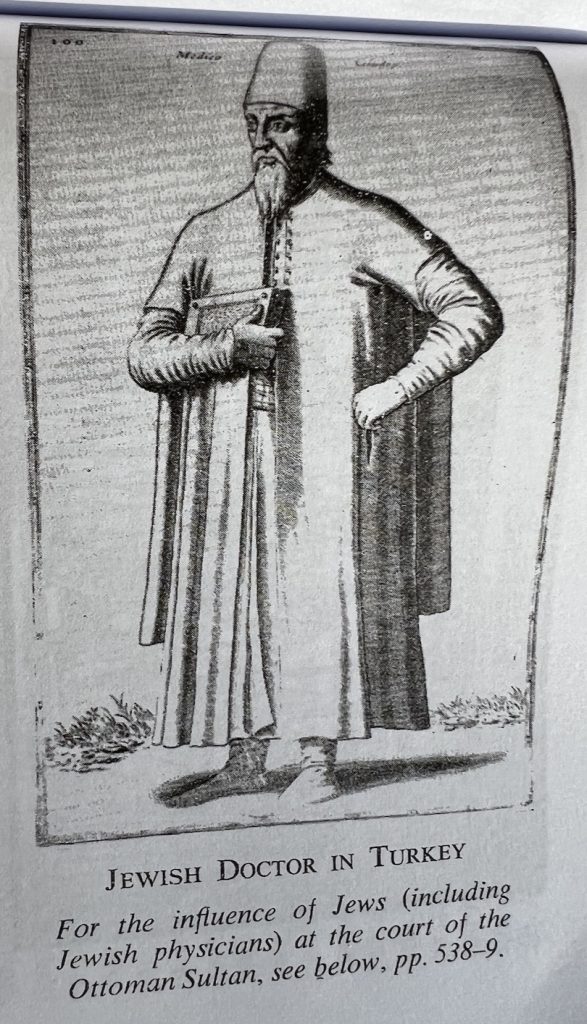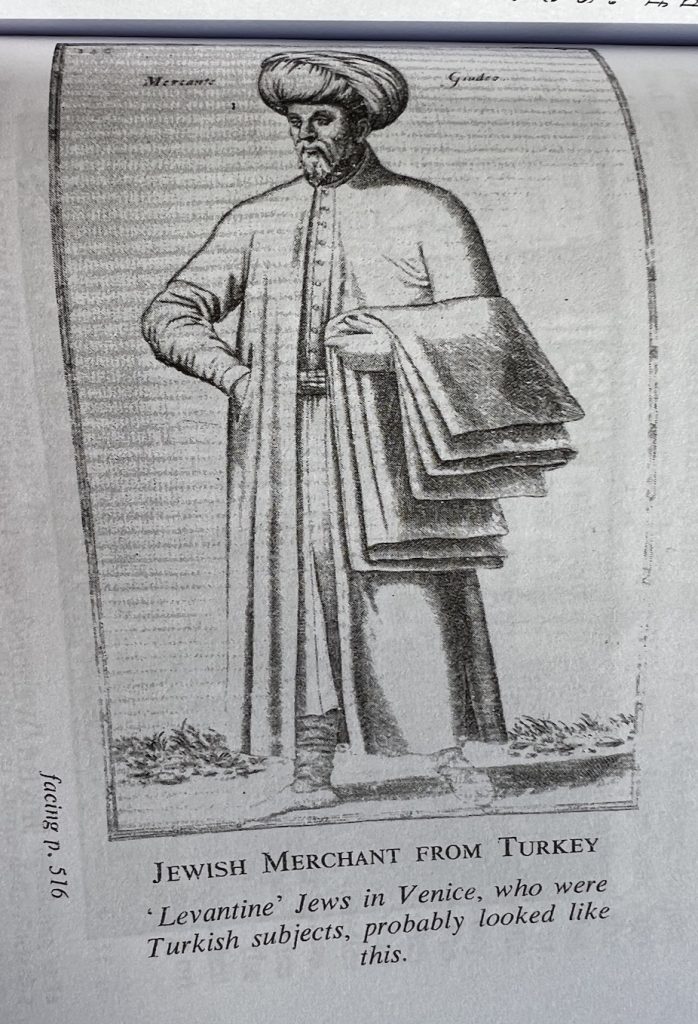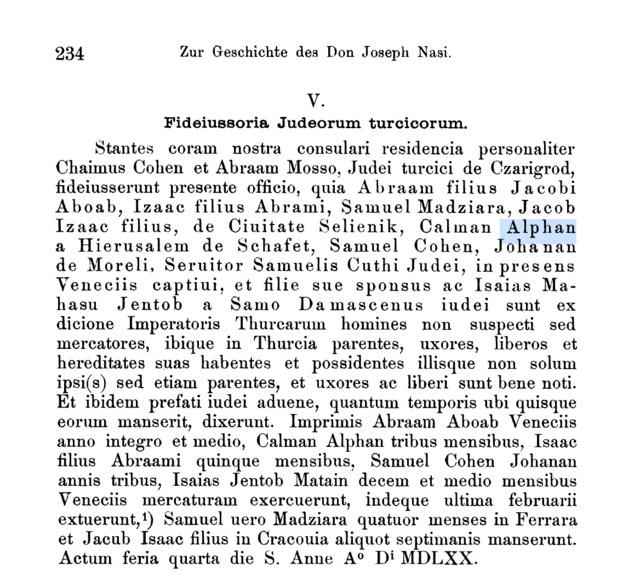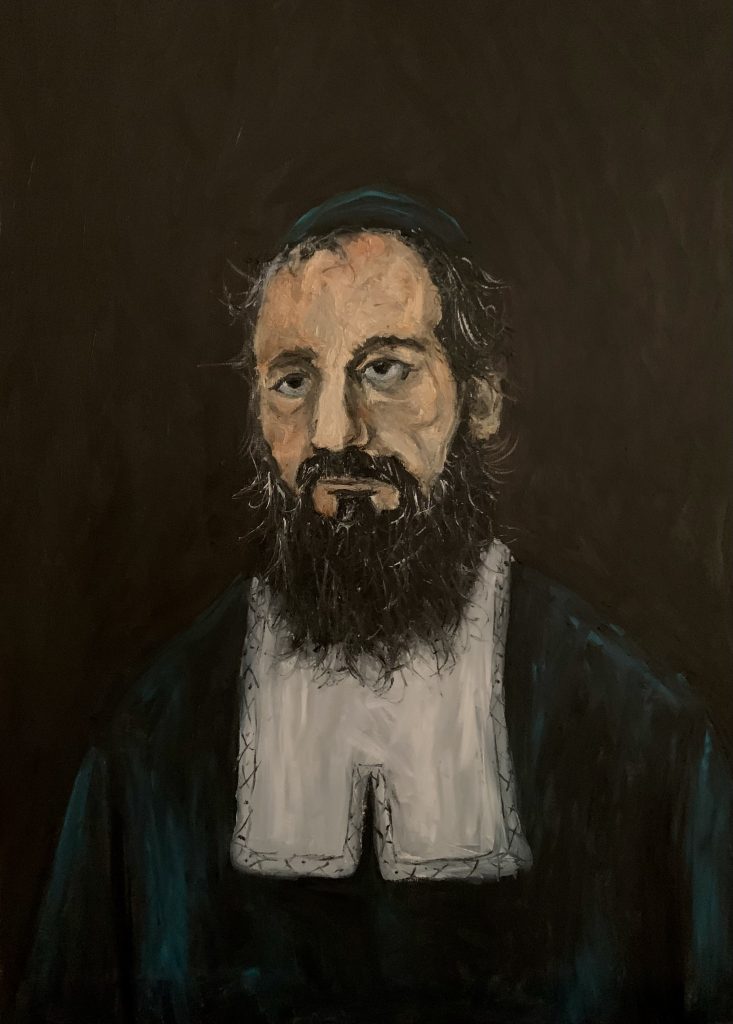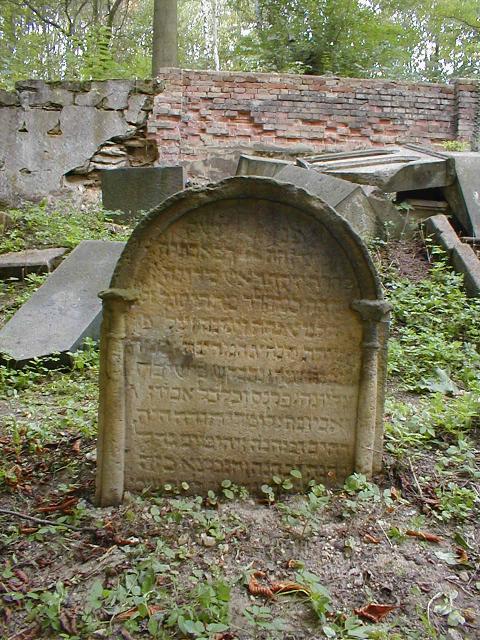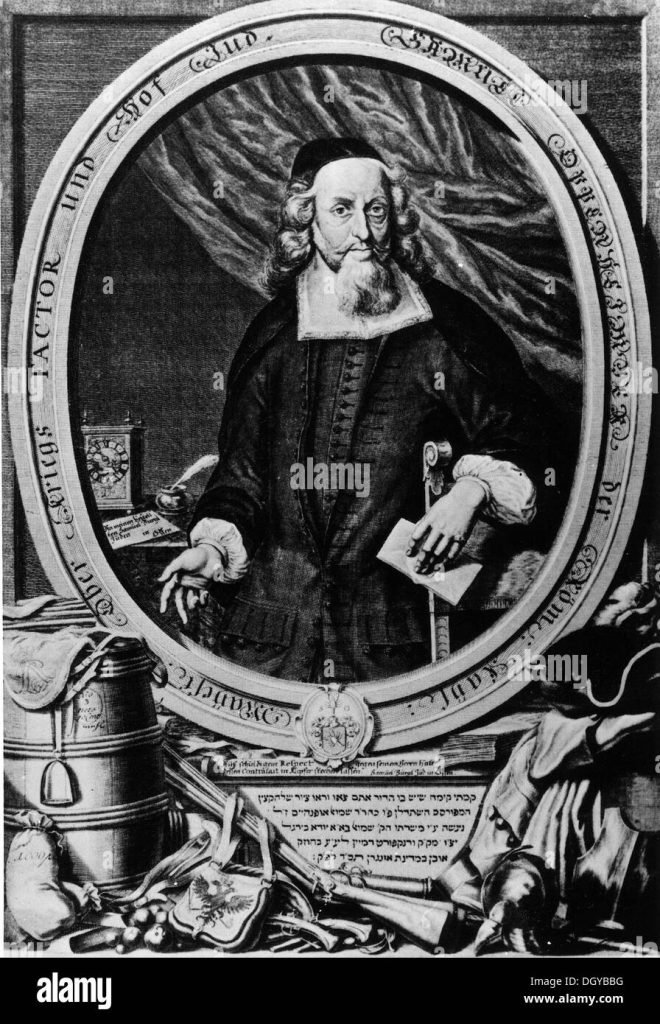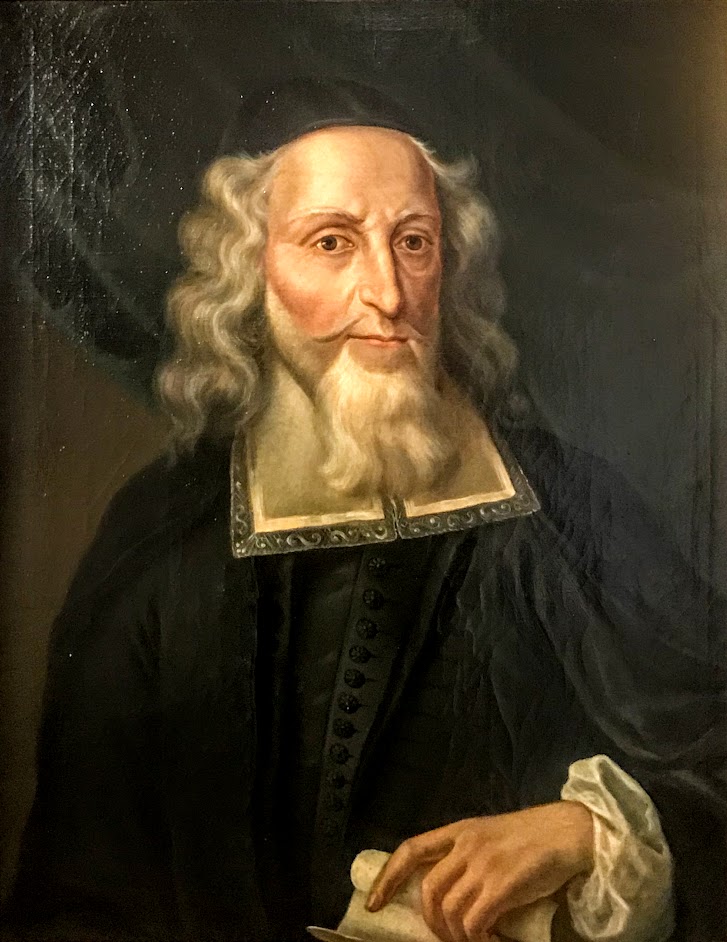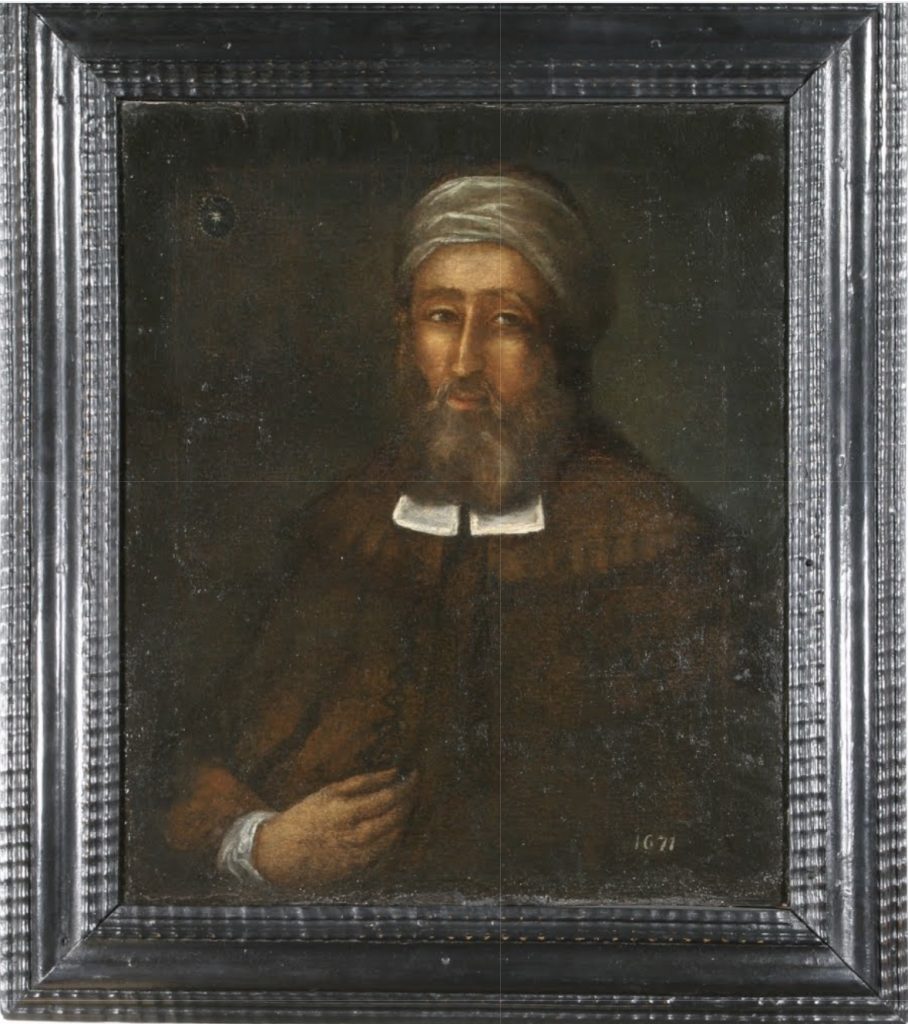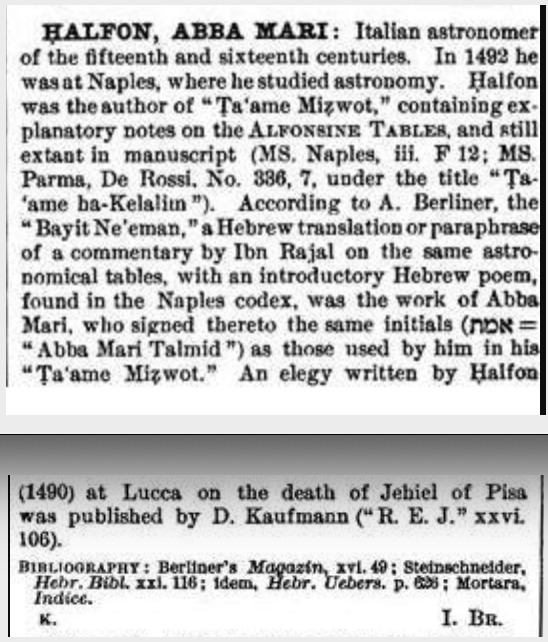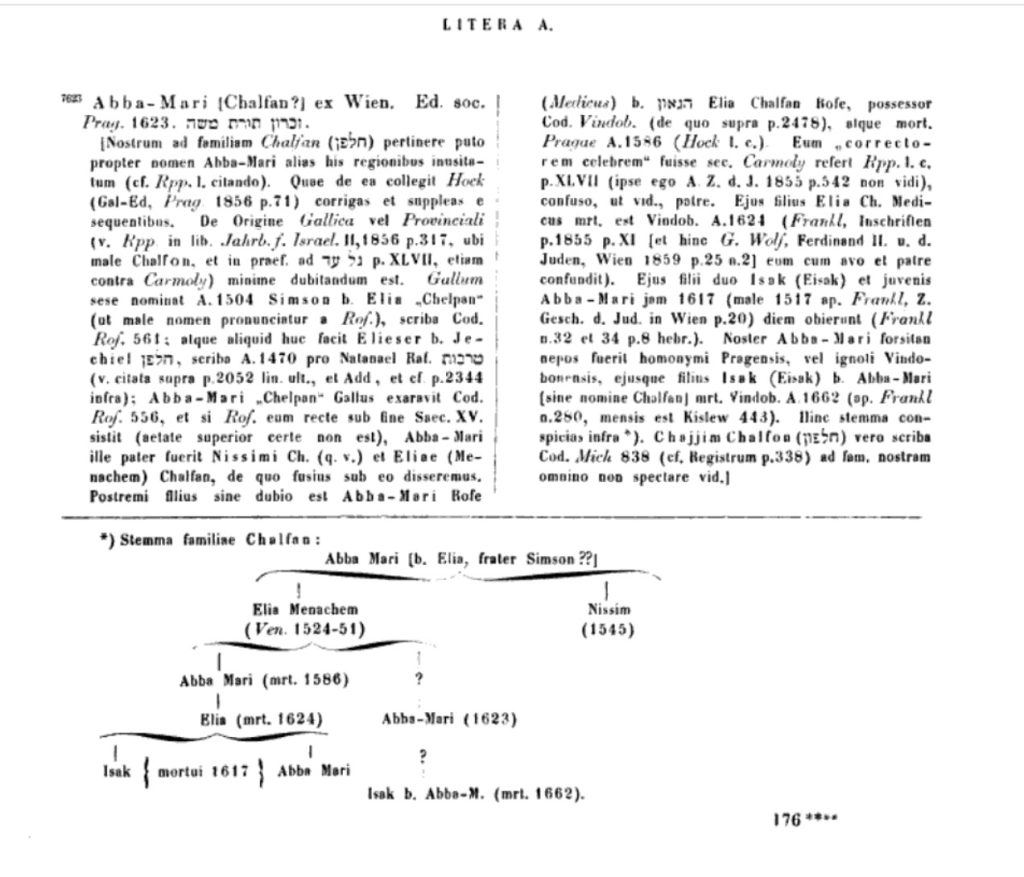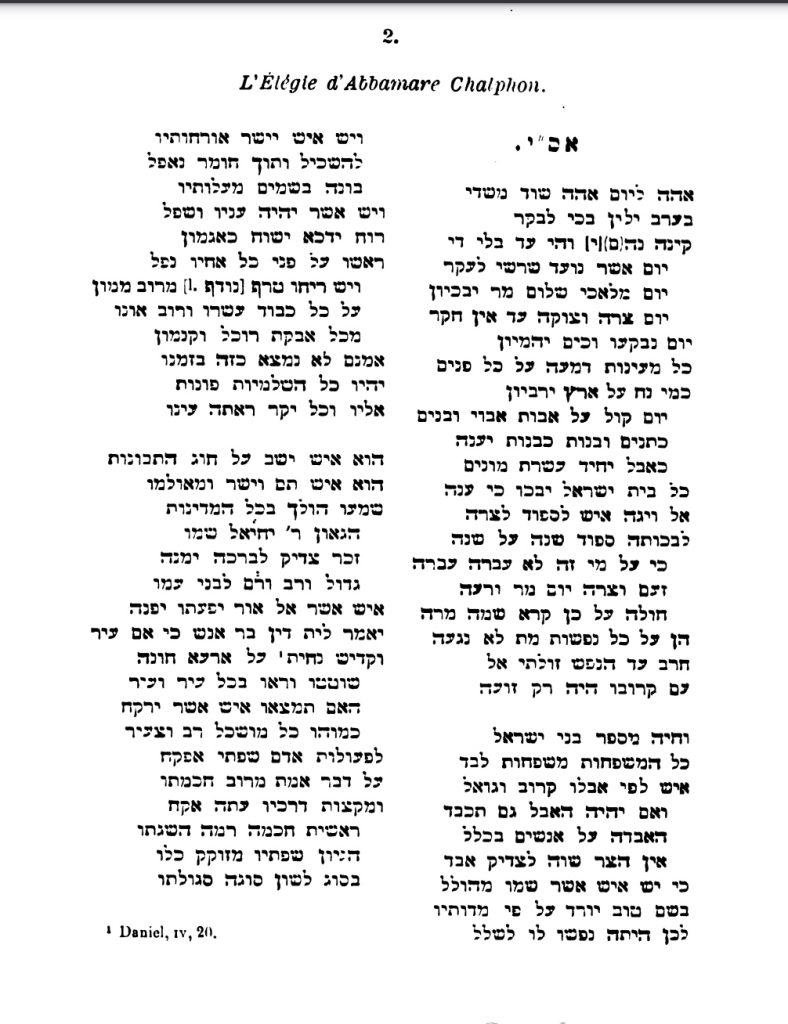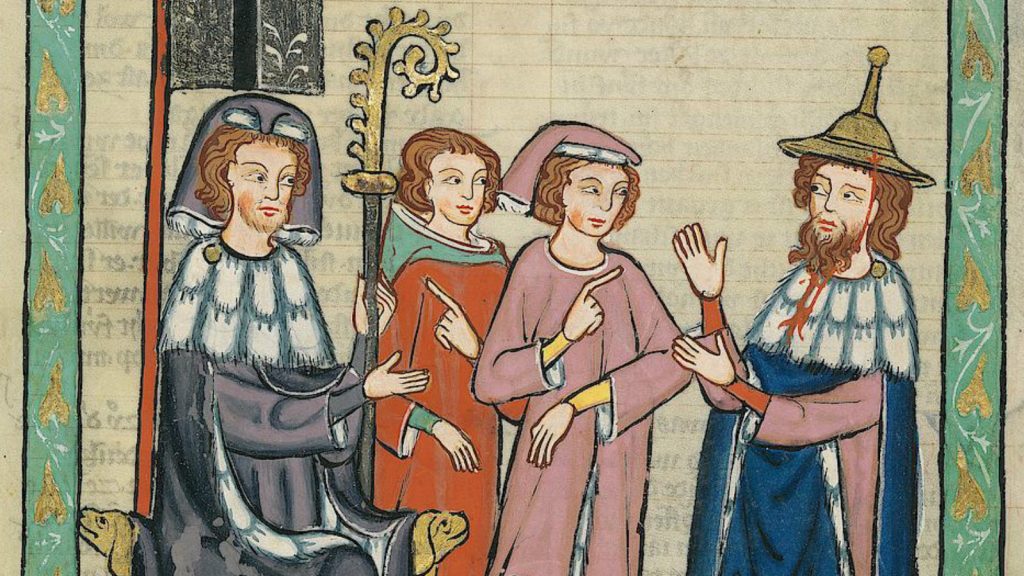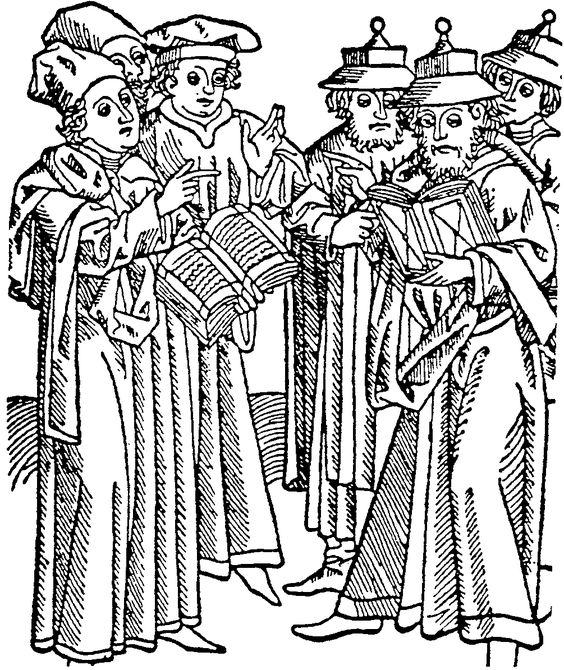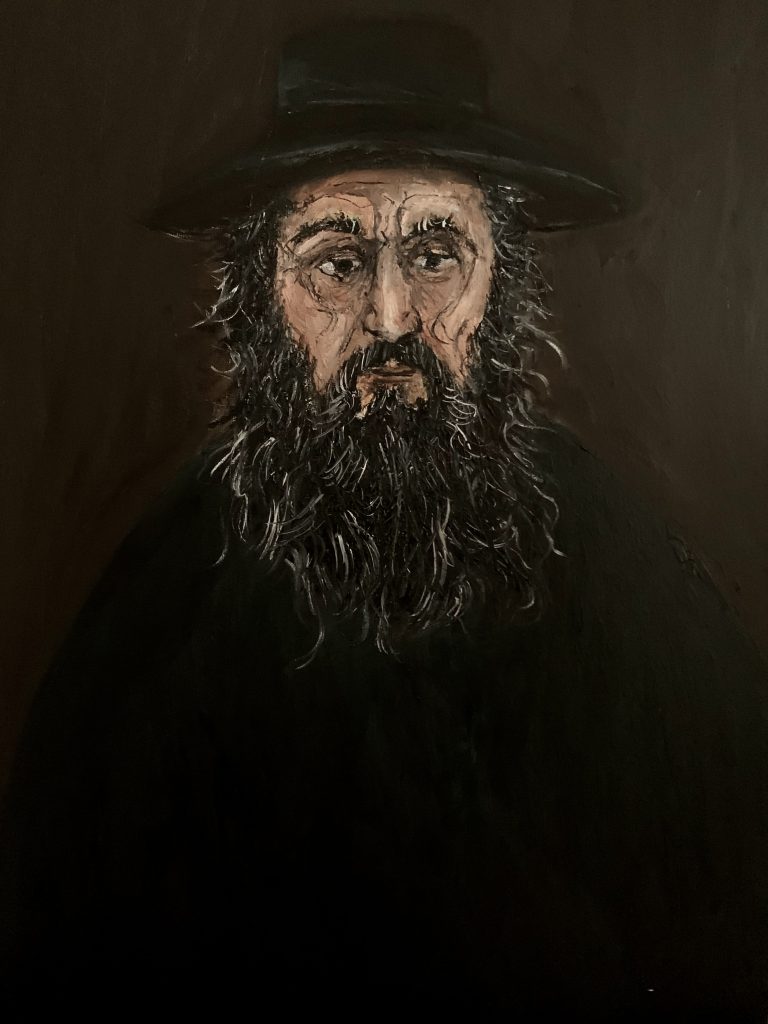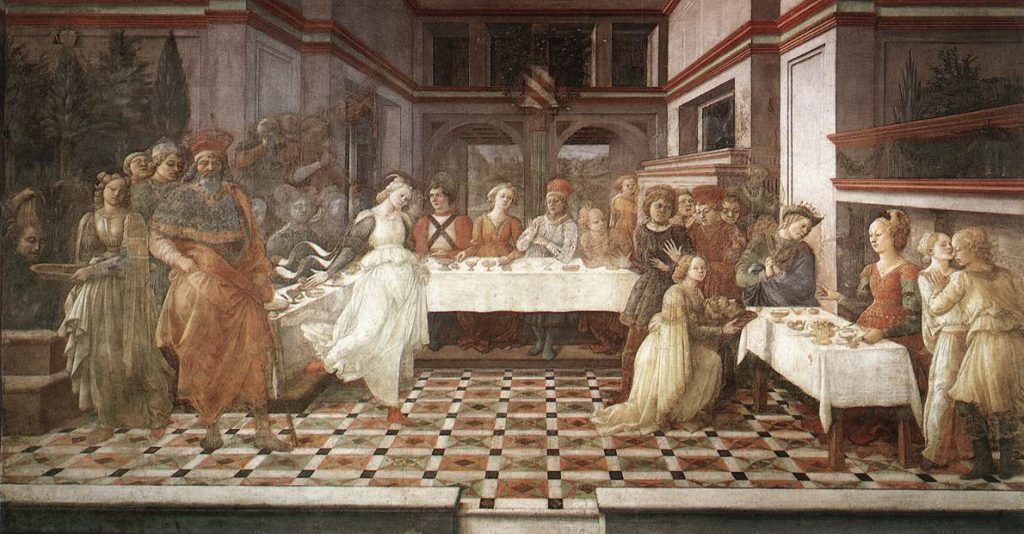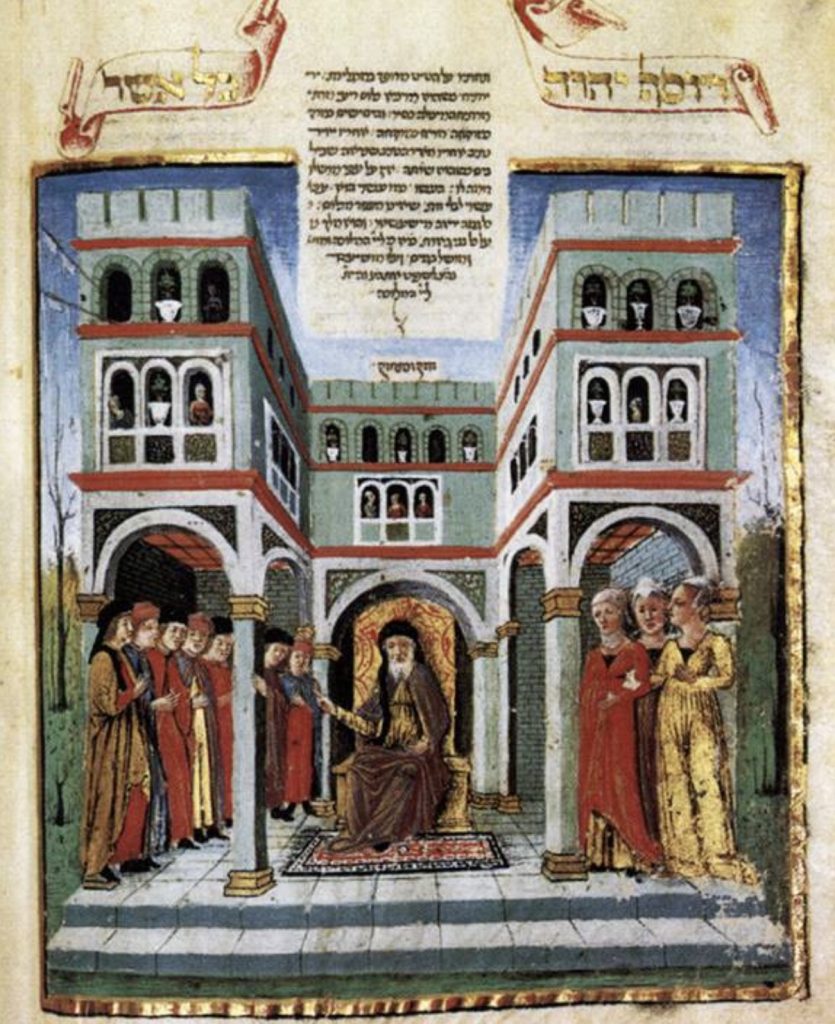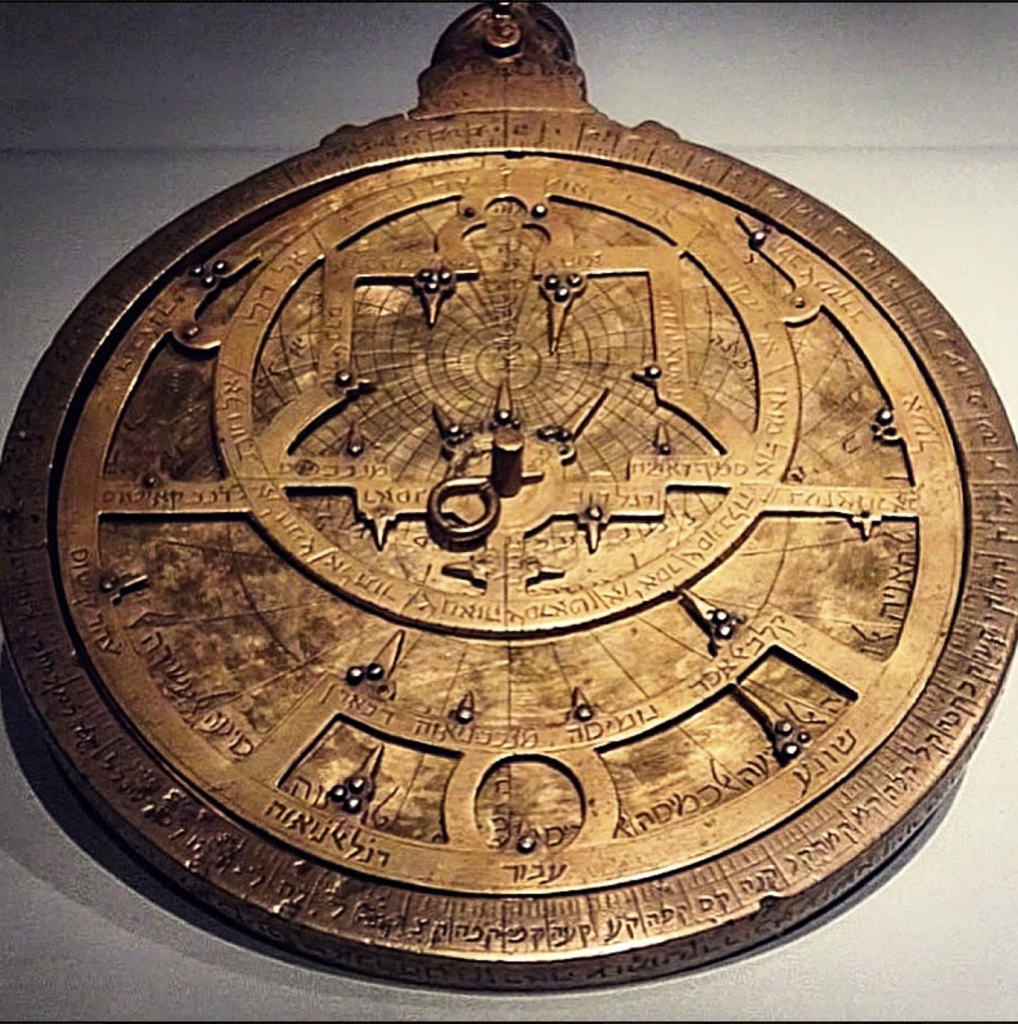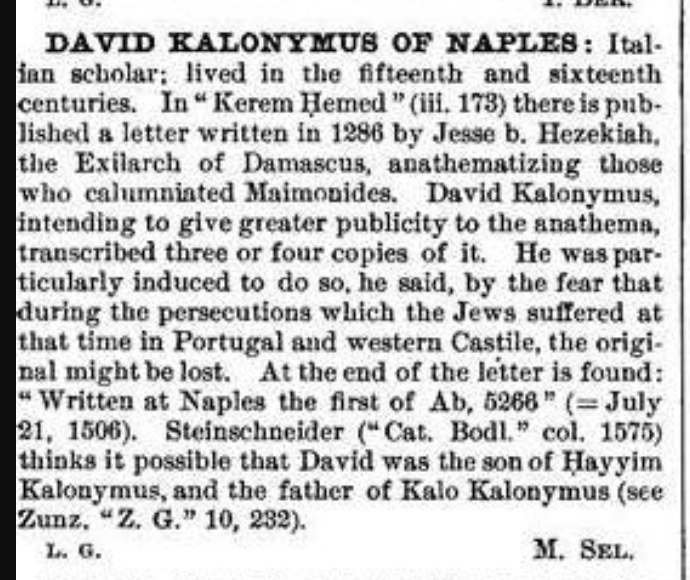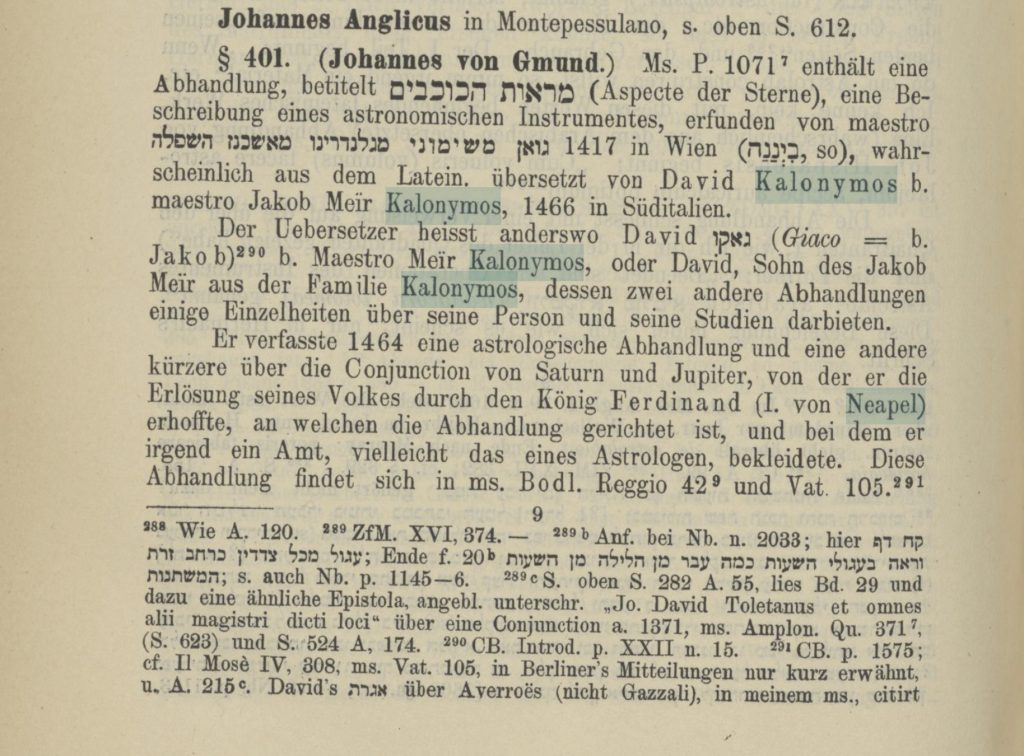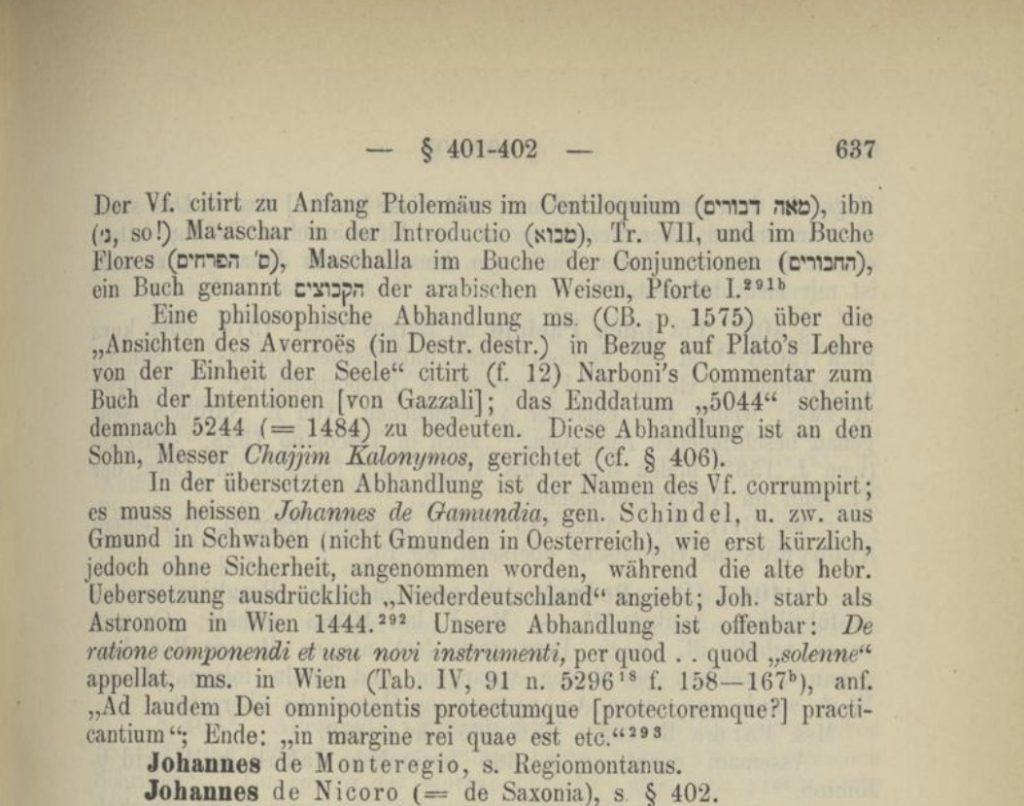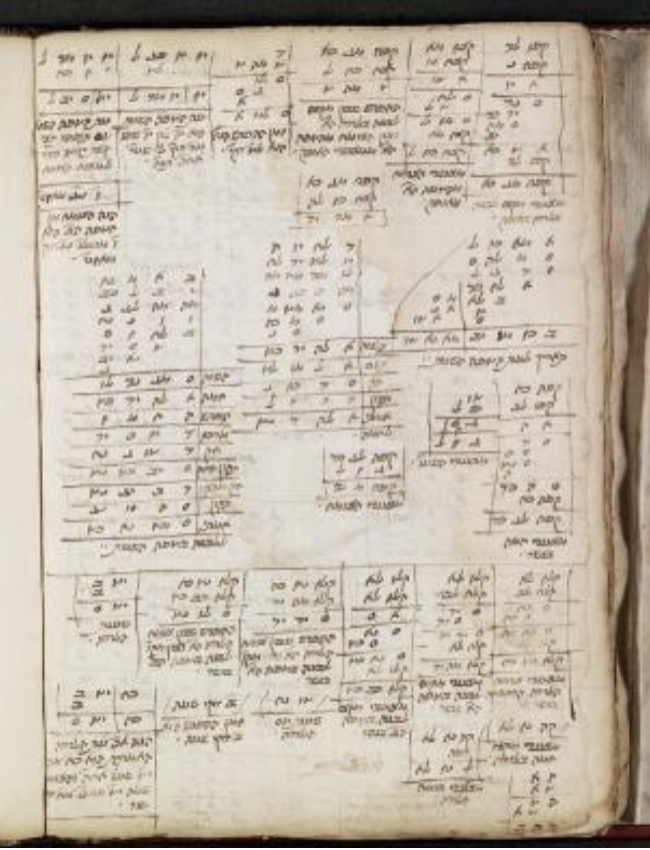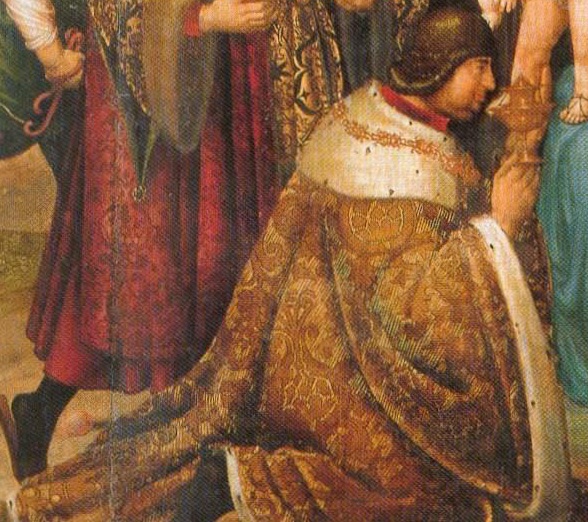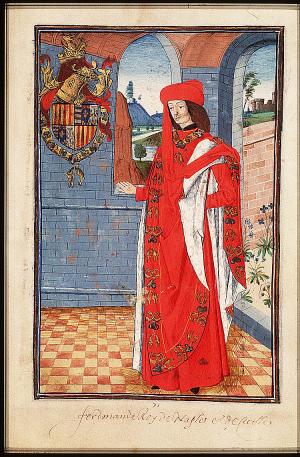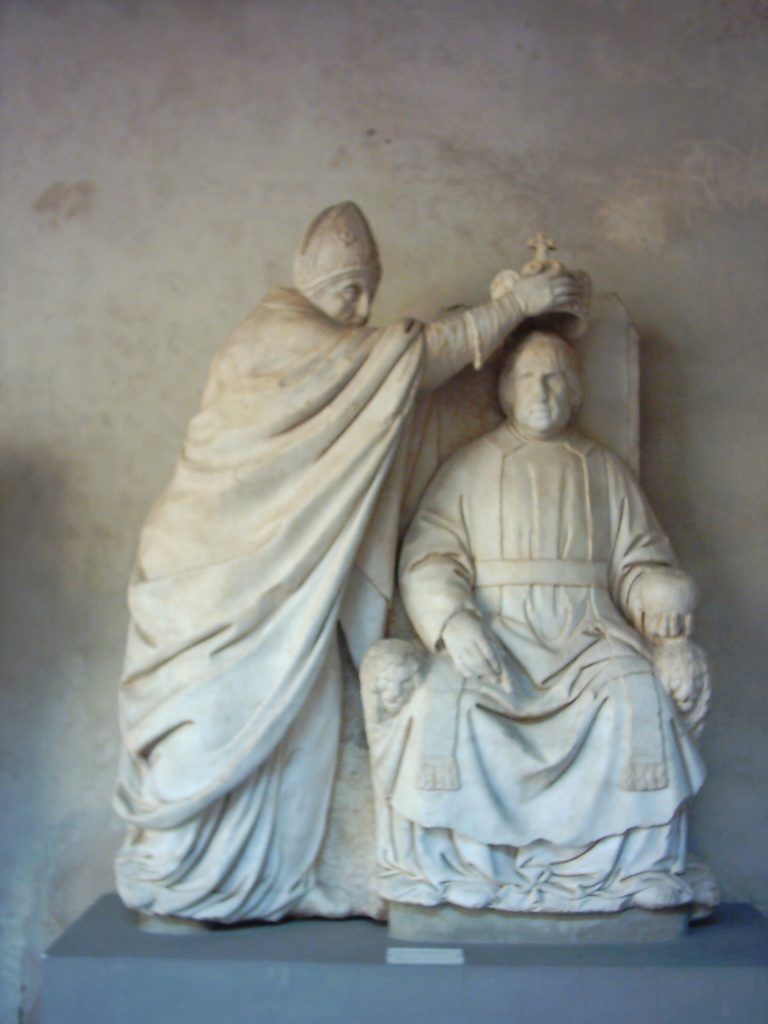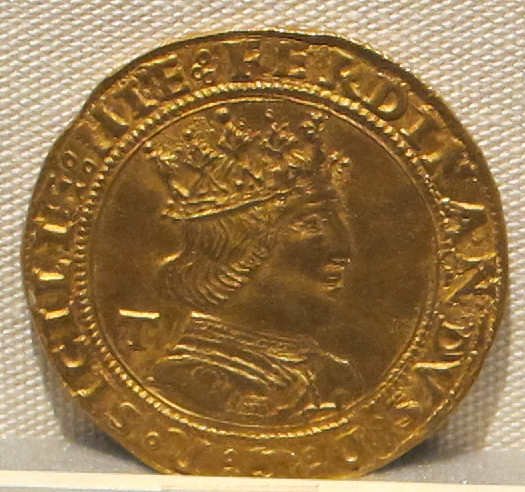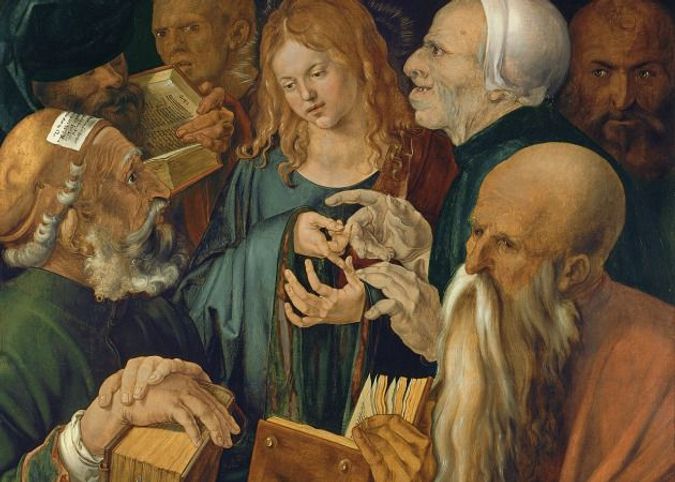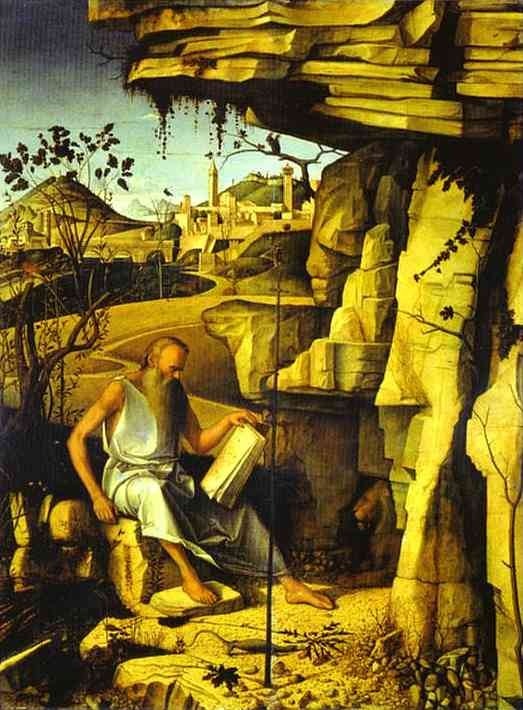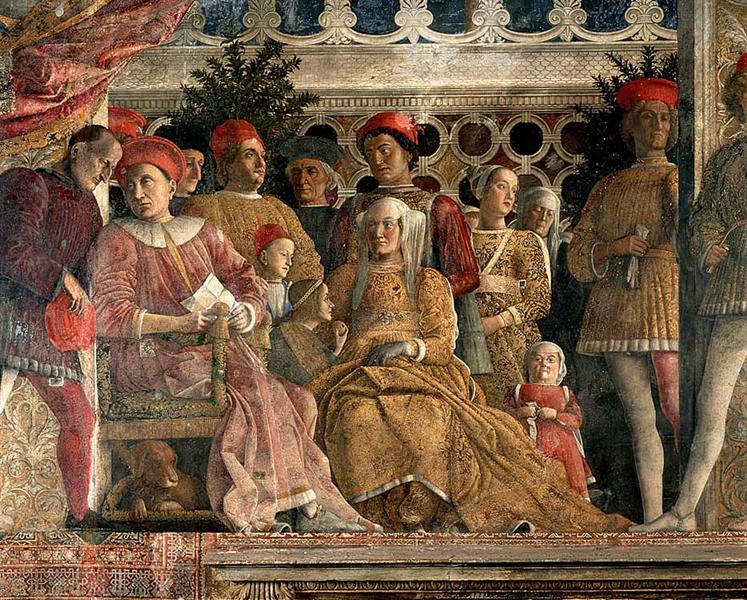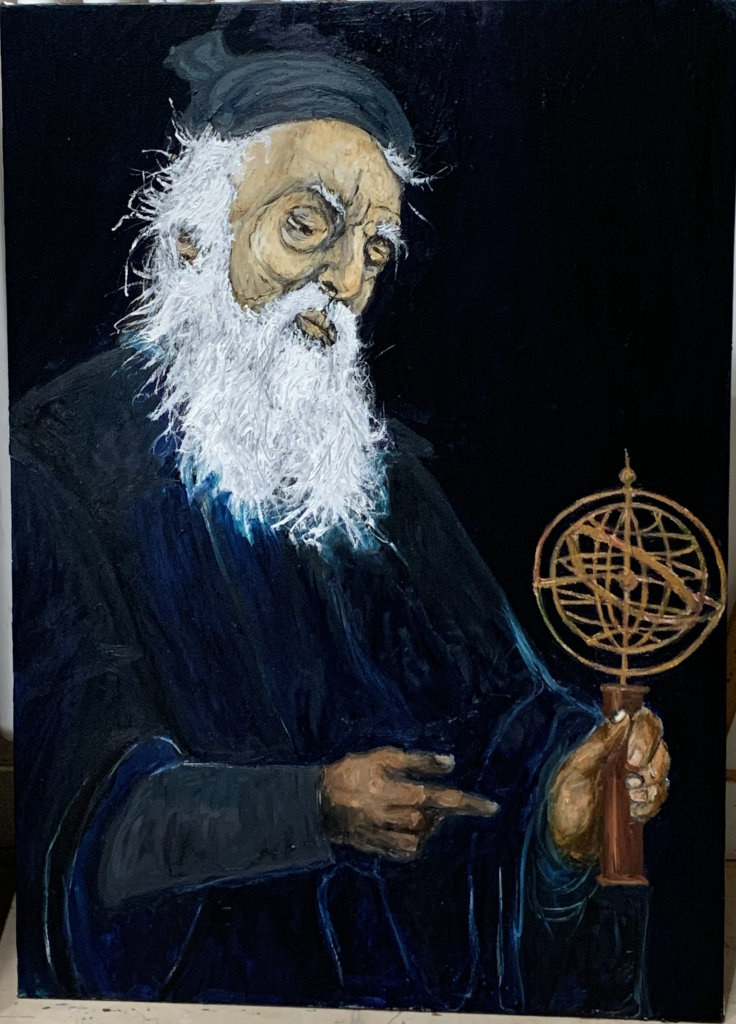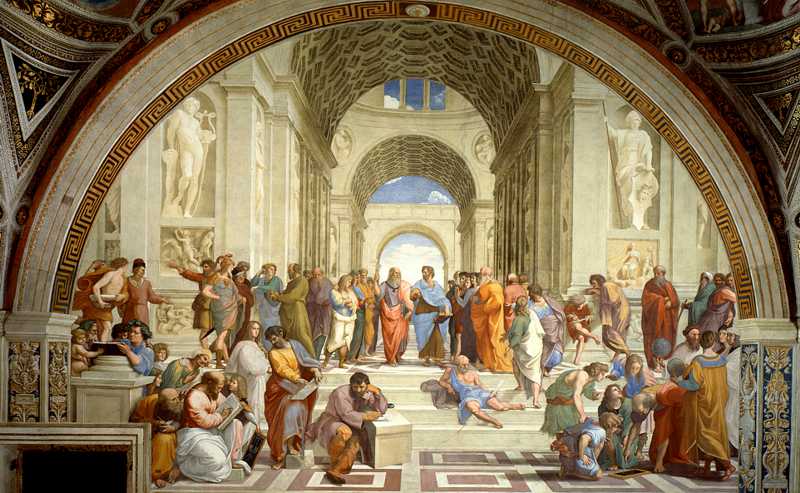Last summer I succeeded in gaining Czech citizenship, my fourth one after US, Austrian and German. The process wasn’t easy and so I thought it would be helpful to record it in this blog. One of the reasons I try to get all these citizenships is to find a path that perhaps others can use, so I hope this helps. If nothing else, it’s a good record of all of the issues and the documents I was able to find.
On September 6, 2019 the new Czech Citizenship Law went into effect, allowing descendants of former Czech citizens to obtain Czech citizenship. Similar laws were enacted in Austria and Germany around the same time, directed at descendants of Nazi victims. I had already obtained Austrian citizenship in 2014 under a different law that allowed children of Austrian mothers to obtain citizenship (which had formerly been impossible under an old sexist law).
I first made an inquiry regarding Czech citizenship in November 2019, inspired by a nice trip to Prague where I was able to research my ancestry back into the 16th century. The local Czech Embassy in Los Angeles responded promptly with a laundry-list of items I needed for my application. These included apostilled birth and marriage certificate for myself, my parents and grandparents, all translated into Czech. An apostille is an official certification from a government office that an official signature on a document is an authentic. In order to get one, you have to first obtain a certified original document, then send that original to the agency that issues the apostille. The Czechs also asked for a “document that certifies the date and the basis on which declarant’s grandparent ceased to be Czech/Czechoslovak citizen (e. g. US Naturalization Certificate).”
Initially I did not rush to apply. But when the pandemic hit in 2020, and my cousins began to be interested in getting another citizenship, I decided to take a closer look and started collecting documents for them and for me. During that first summer of lockdowns, I was able to travel to Vienna with my two sons, using the Austrian passports we obtained in 2014. Without these passports, we couldn’t have entered Austria at that time. We left our son Nathan to study in Vienna and I asked him to help me gather some of the documents we needed.
All of the original documents for my paternal grandparents Arnold Schoenberg and Gertrud Kolisch are kept at the Arnold Schönberg Center in Vienna. The archivists Therese Muxeneder and Eike Fess were able to find most of what we needed for my grandfather in the initial application, but then we needed to make certified copies and then bring them to the authorities to get an apostille for the Czechs. That wasn’t so easy. For my grandfather’s birth certificate, Nathan first had to go to the Vienna Jewish Community, which then directed him to an office at the City of Vienna for the apostille. At first the City official told Nathan he could not issue an apostille for the Jewish documents, but after Nathan called the person at the Jewish community who had sent him, the City official changed his mind and issued the required apostille. An important lesson: don’t take no for an answer.
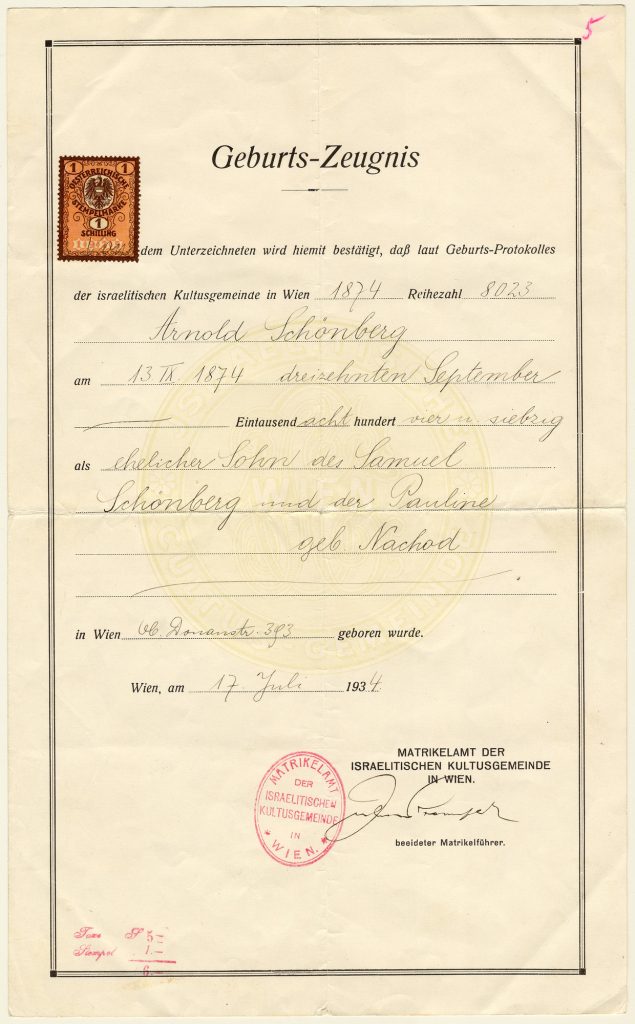
The archivists also sent me copies of the passports they had found in the archives and so I learned that my grandparents had German passports, as well as Czechoslovakian ones, but not Austrian passports. A scholarly article by Prof. Hartmut Krones from 2017 (Arnold Schönberg als „Kind“ Österreich-Ungarns) examined my grandfather’s citizenship in detail and provided an excellent guide to understanding his rather unusual situation. My grandfather Arnold Schoenberg was born in Vienna, Austria on September 13, 1874. At that time (and today) Austrian citizenship is not determined by the location of birth, but rather on the citizenship rights of the parents (back then just the father counted). Arnold’s father Samuel Schönberg had been born in 1843 in Szécsény, Hungary (then part of the Hapsburg’s Austro-Hungarian Empire), but by 1848, the family was living in Pressburg (now called Bratislava, the capital of Slovakia). Pressburg (in German) or Pozsony (in Hungarian), a city just one hour by train from Vienna, was the Habsburg capital for the entire Hungarian Kingdom, a part of the Austro-Hungarian Empire. In 1856/7, a Hungarian census form registered the family in Pressburg. I had obtained that document in 2004 as part of my genealogical research. When Arnold was born in Vienna in 1874, his birth was registered in the Vienna Jewish community birth record book, but his name was also added to that family census form in Pressburg. As far as Austria was concerned, Arnold Schoenberg’s citizenship was based on his “home right” (Heimatrecht) in Pressburg. Under his father Samuel’s name on his Vienna birth record it states “Preßburg.”
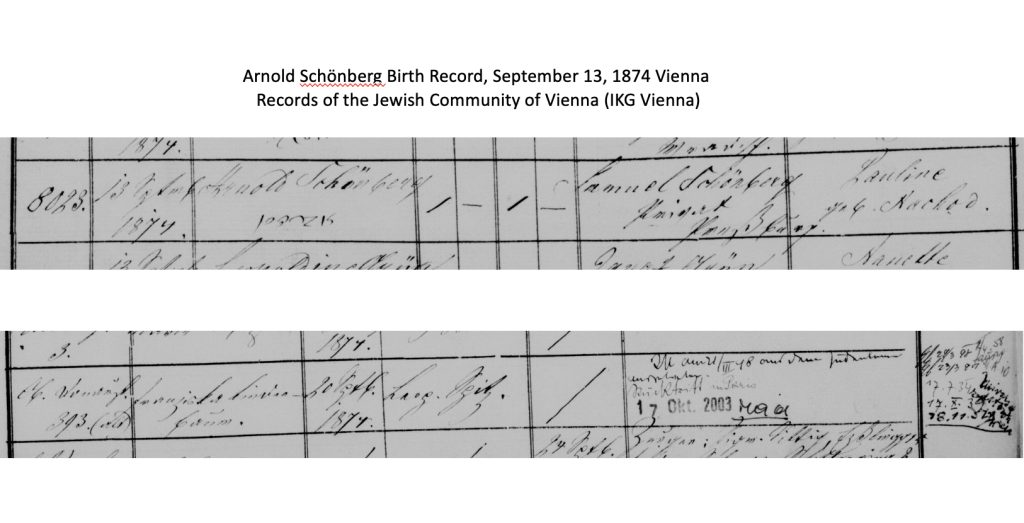
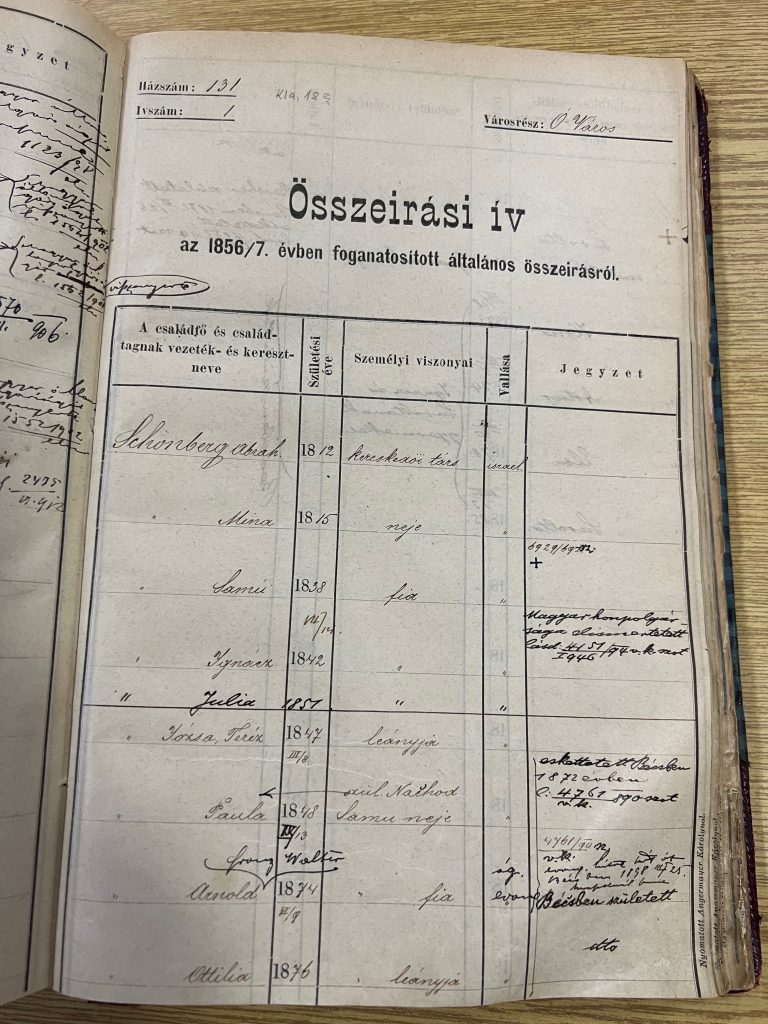
Of course, the location of his home right hardly mattered at the time Arnold was born. But things changed during World War I. Arnold had been registered to a Hungarian military unit based on his home right in Pressburg, and was then called up to a Hungarian battalion. Luckily, he was not sent to the front (he was over 40 years old). When the war ended, Austria-Hungary was broken into pieces by the Allies. Austria itself became a small alpine republic and from the ashes of the old empire a number of different states arose, including of course Hungary, but also Czechoslovakia, Suddenly, Arnold Schoenberg with home right in Bratislava was considered to be Czechoslovakian. Still, in 1920, he was able to obtain an interim passport from Austria. On the top it says his Austrian citizenship application was in process.
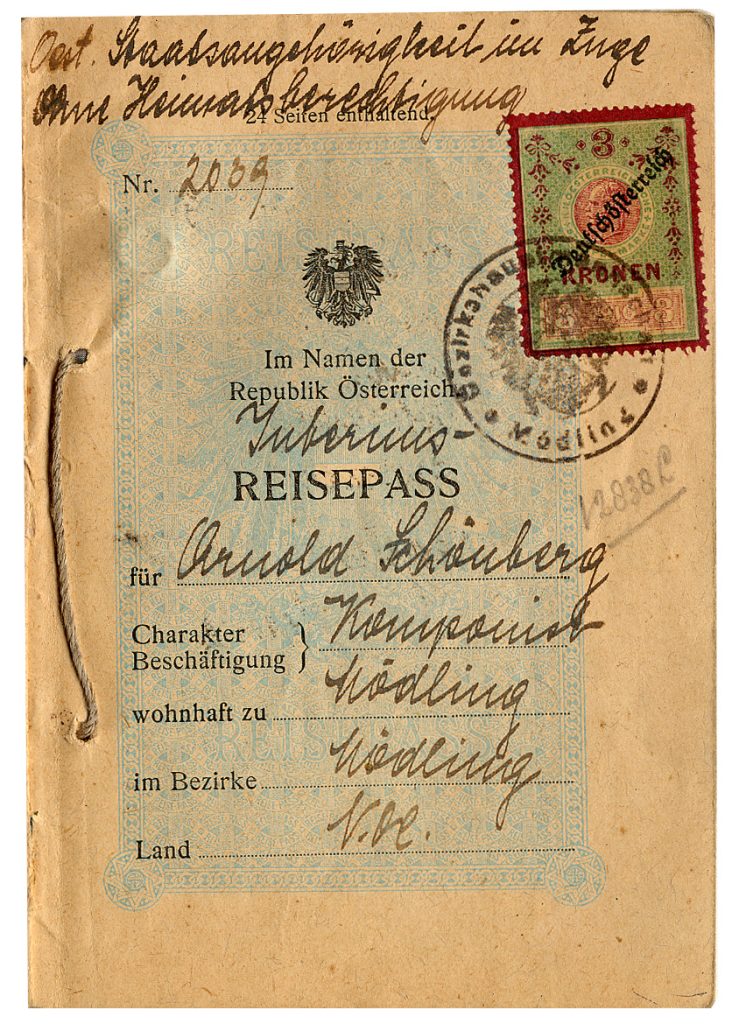
Under the treaties that ended the war — the 1919 Treaty of Saint-Germain-en-Laye and the 1920 Treaty of Trianon — citizens of certain parts of the old empire were given an opportunity to obtain Austrian citizenship. For whatever reason, Arnold Schoenberg missed the deadline to complete his application. Subsequently, the Austrians required a statement from Czechoslovakia that he had lost his citizenship or would be released from Czechoslovakian citizenship. None was forthcoming. As a result, he was stuck being a Czechoslovakian, and his attempts to rectify the situation and become an Austrian were unsuccessful. Of course, he had never lived in Czechoslovakia and did not speak the Czech or Slovak languages. Nevertheless, he was now a Czechoslovakian. Or so it seems. We have not found any document from that period confirming his new citizenship. Still, that should have been his situation at the time.
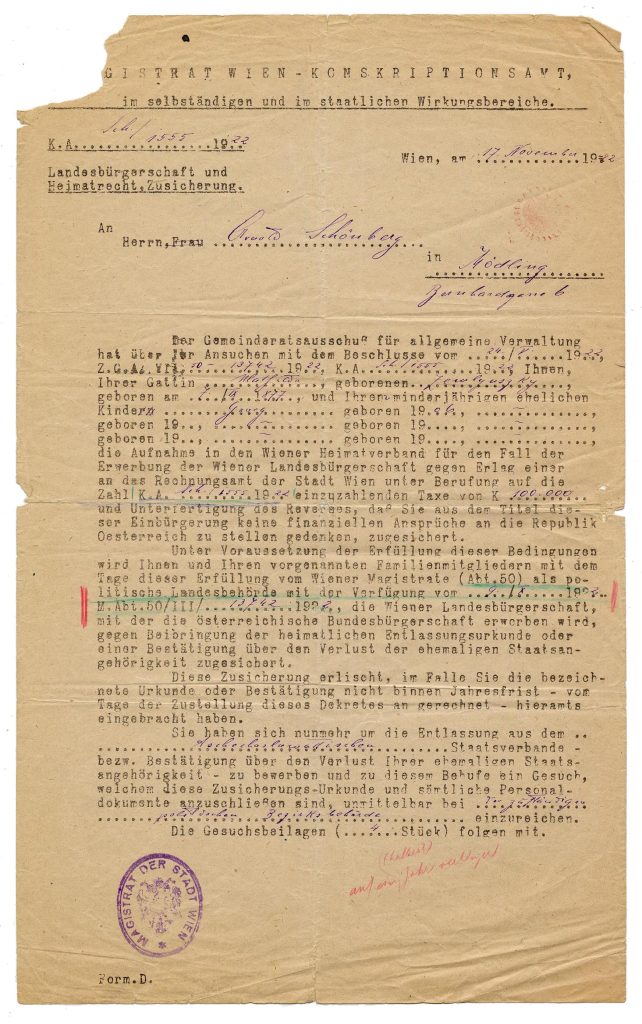
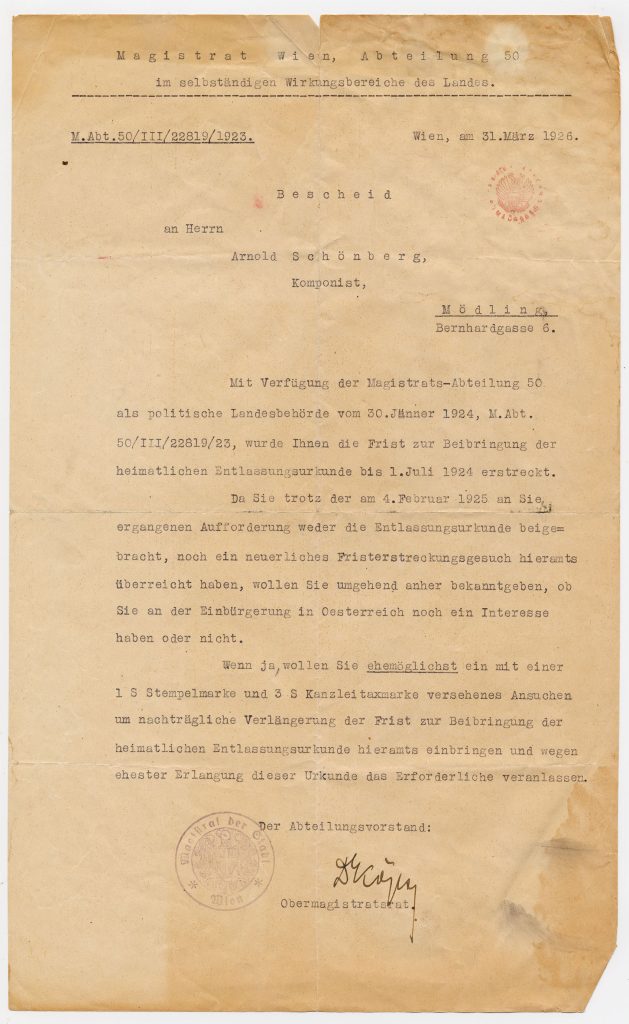
Before he could work out any other arrangement, Arnold married my grandmother Gertrud Kolisch in August 1924. (His first wife, Mathilde Zemlinsky had died in 1923.) Under the law at that time, the wife automatically obtained the husband’s citizenship, so after marriage, my grandmother was also presumably Czechoslovakian. However, there is no record confirming her status.
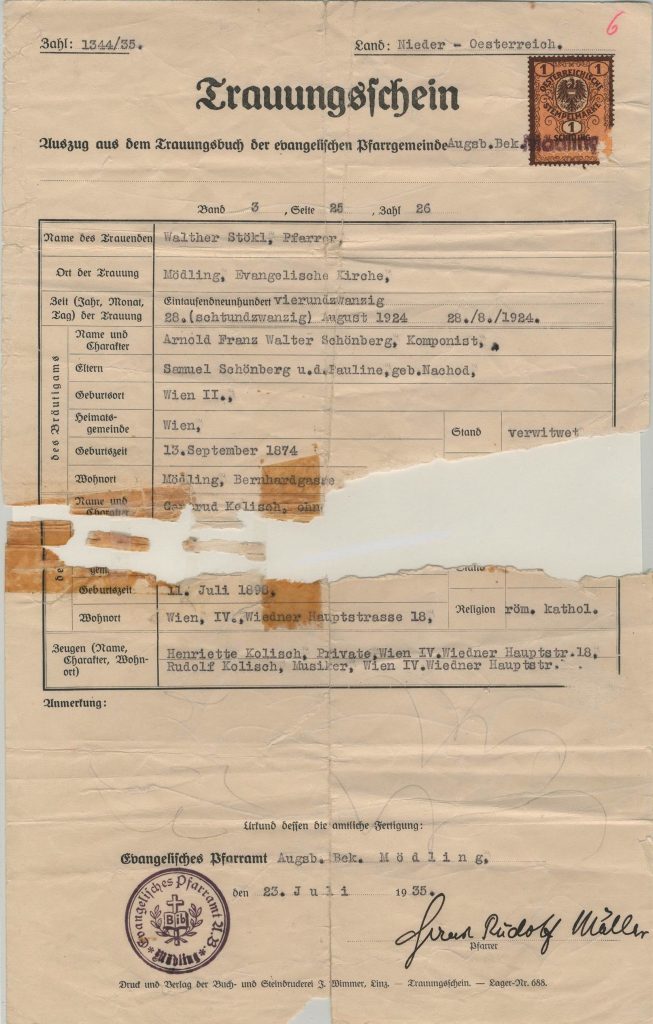
In 1925, my grandfather was appointed to an important teaching position at the Prussian Academy of Arts in Berlin. Upon accepting that position and taking an oath, he automatically became a German citizen. And by law, so did my grandmother. This explains why they held German passports, with which they travelled until 1933.
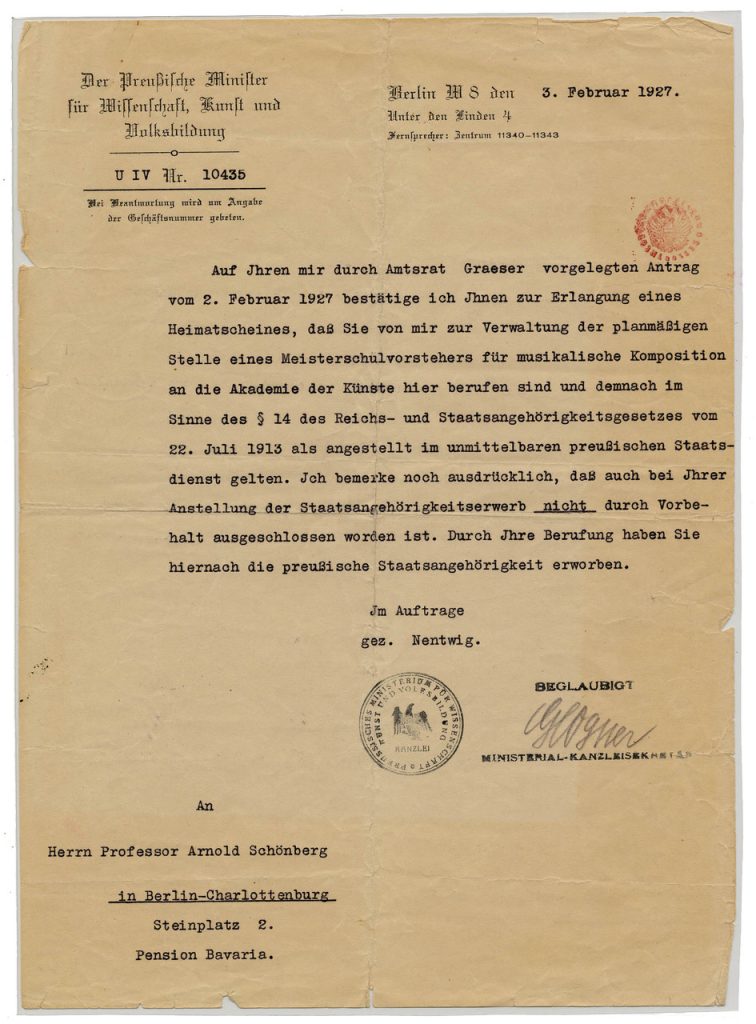
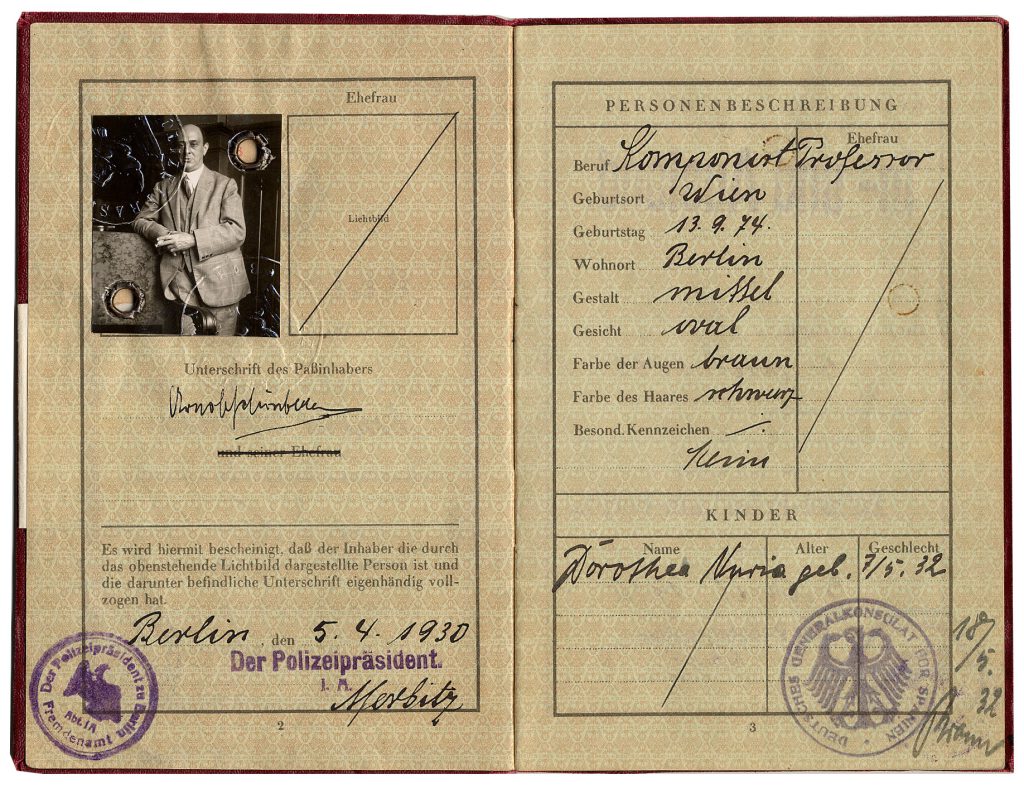
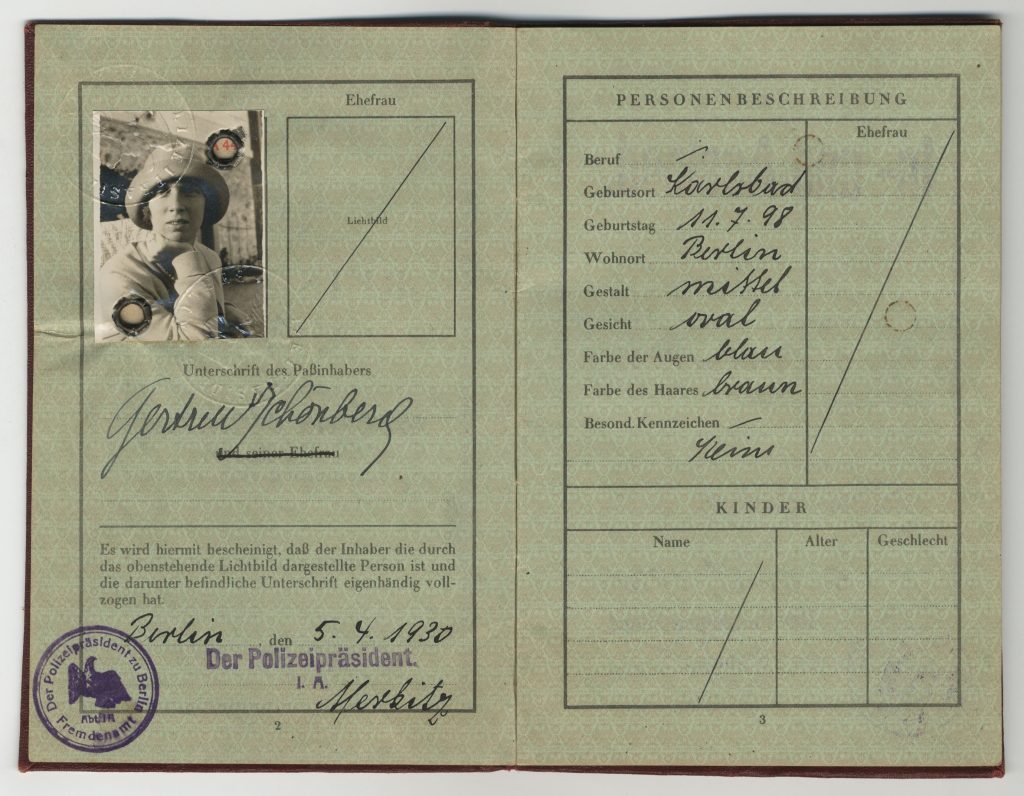
In January 1933, the Nazis rose to power in Germany. Almost immediately, they moved to expel Jewish professors from their positions. Seeing the writing on the wall, my grandparents prepared to leave. They went to a friendly Czechoslovakian consul, Camill Hoffmann (later a victim of the Nazis), who on April 29, 1933 secured for them temporary Czechoslovakian passports, initially valid only for just three months. It was with these passports that they fled at midnight on May 17, 1933 from Berlin to Paris, and then on to the United States in late October 1933. They apparently left some of their original citizenship documents with the Czechoslovakian consul in Berlin, who sent them on to Prague and Bratislava, but the documents were never returned and have not been located.
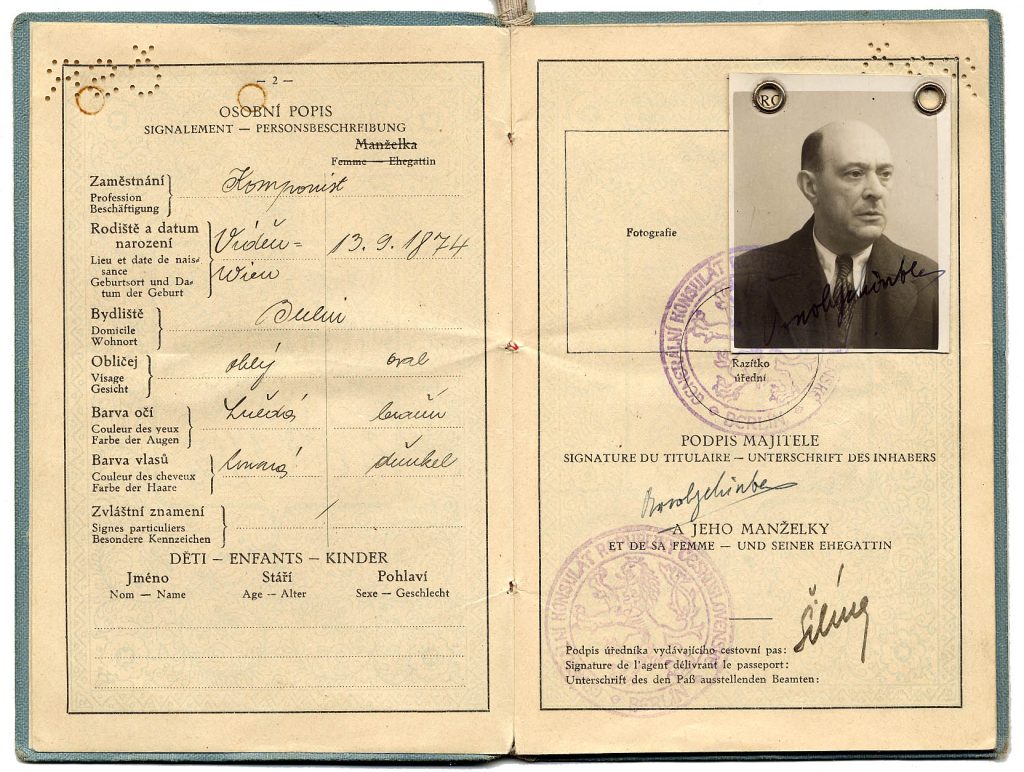
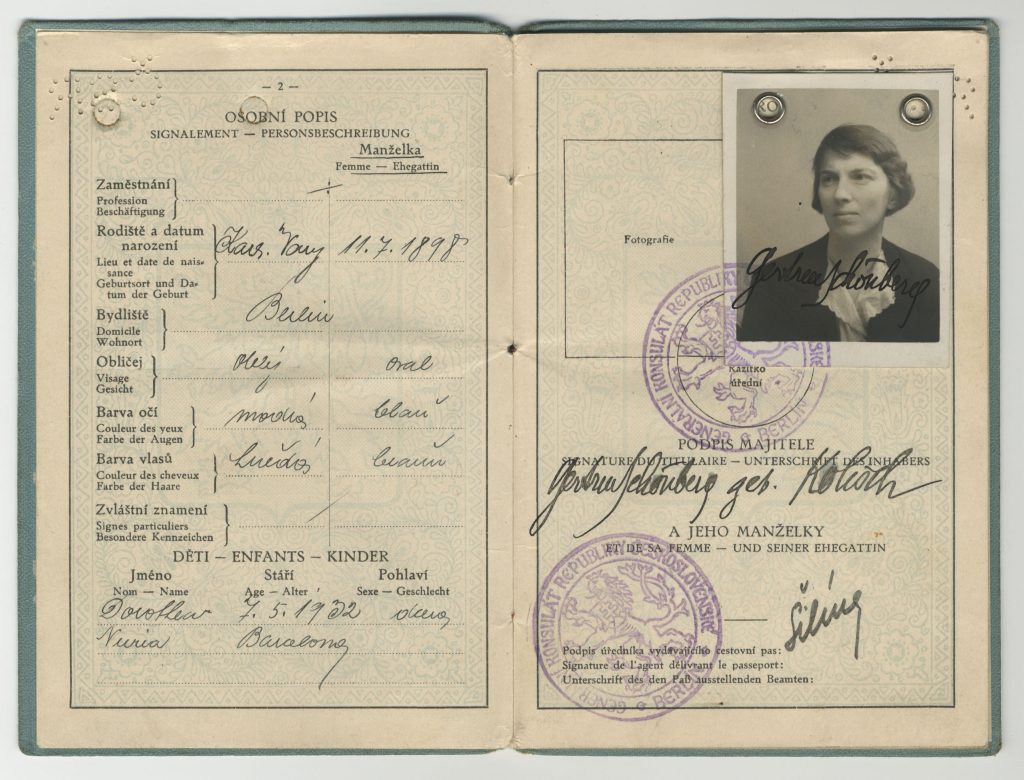
Two years after arriving in the United States, and a year after moving to Los Angeles, my grandparents decided to apply for U.S. citizenship. In November 1935 they travelled down to Mexicali on the California border to leave and re-enter the country in preparation for their application for citizenship. Arnold’s Declaration of Intention signed February 4, 1936 says his nationality was “Austrian.” But Gertrud’s says Czechoslovakia and both Petitions for Naturalization filed that same date list their present nationality is “Czechoslovakia.” (I especially like that they say they crossed the border “afoot.”)
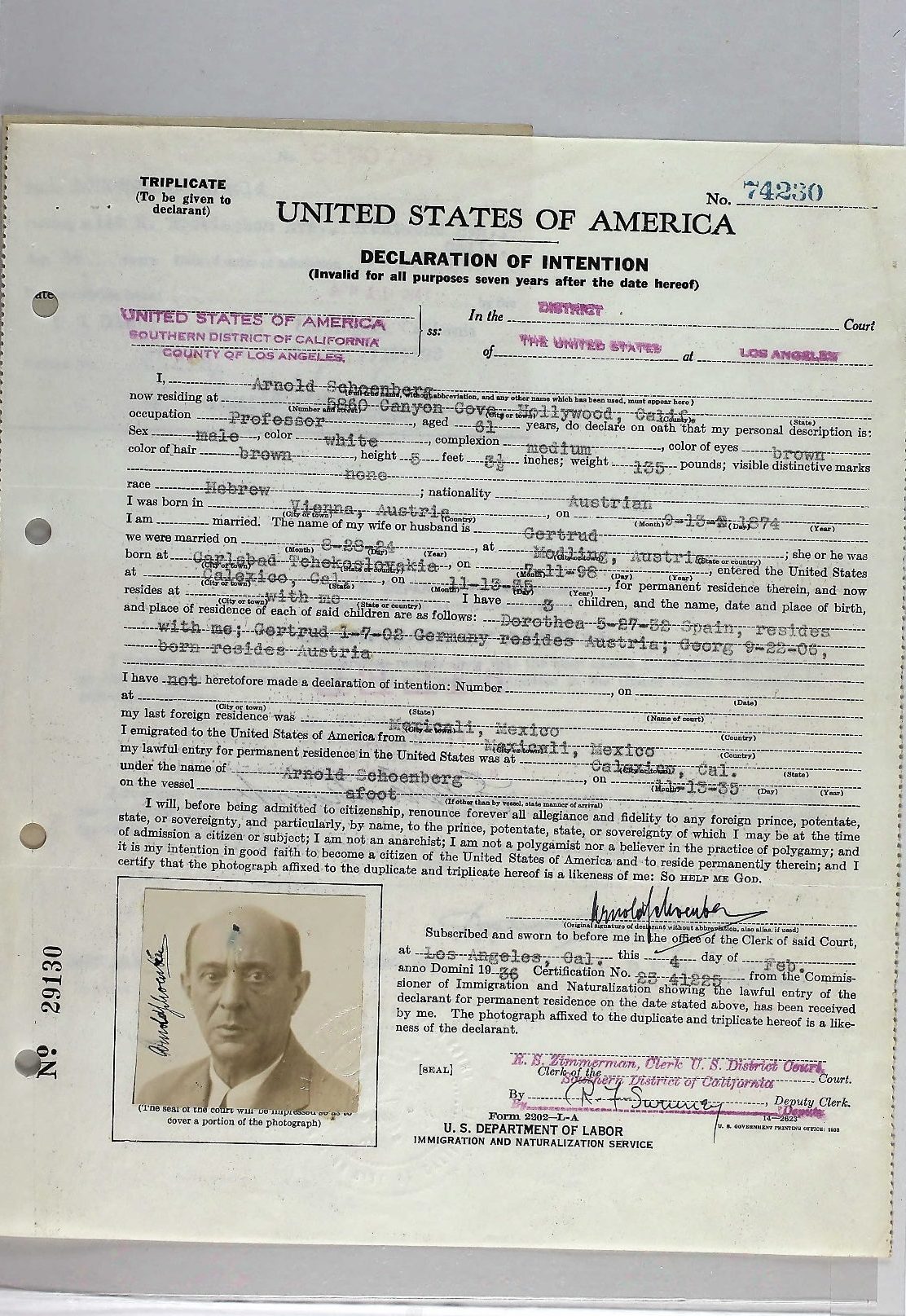
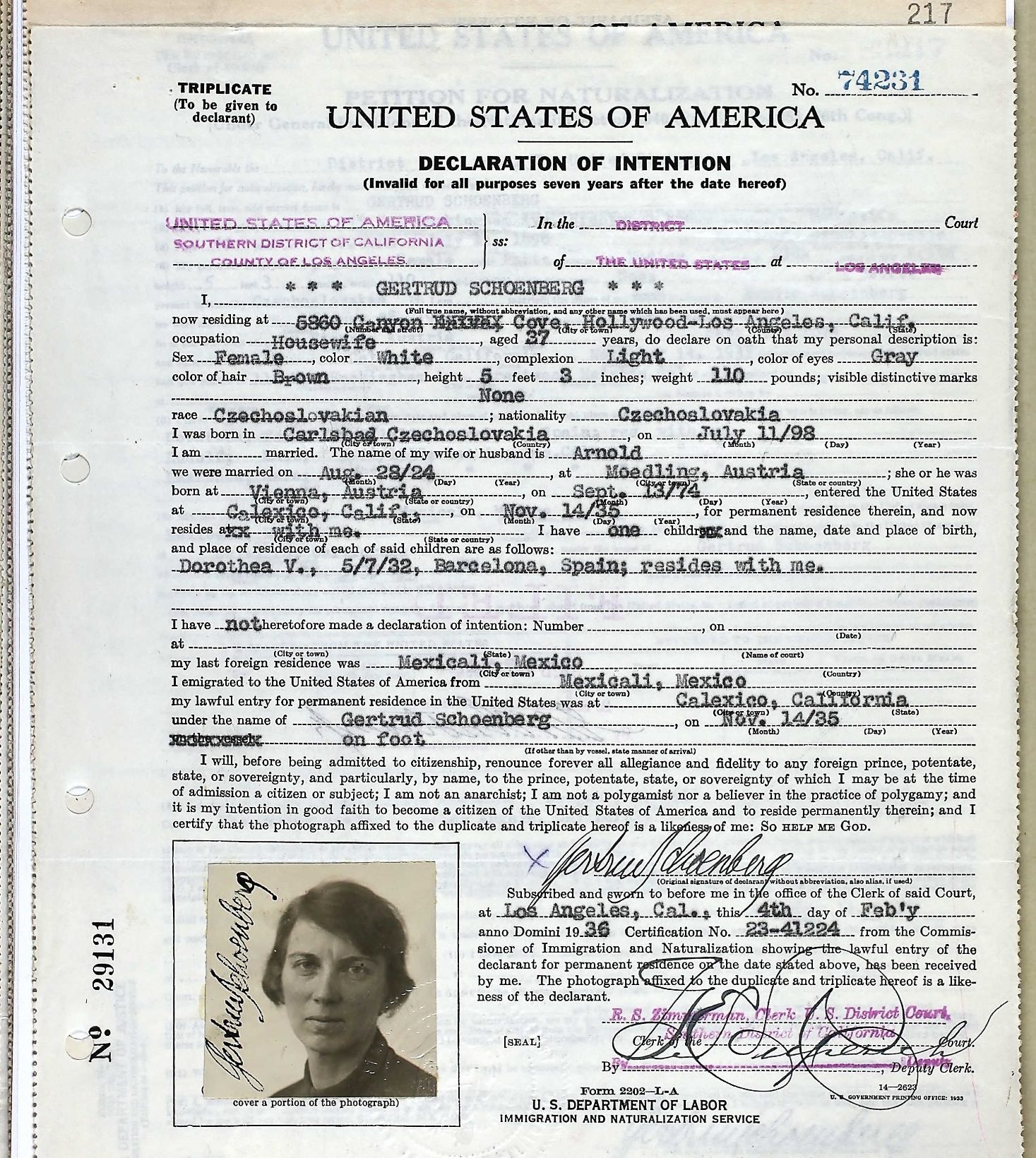
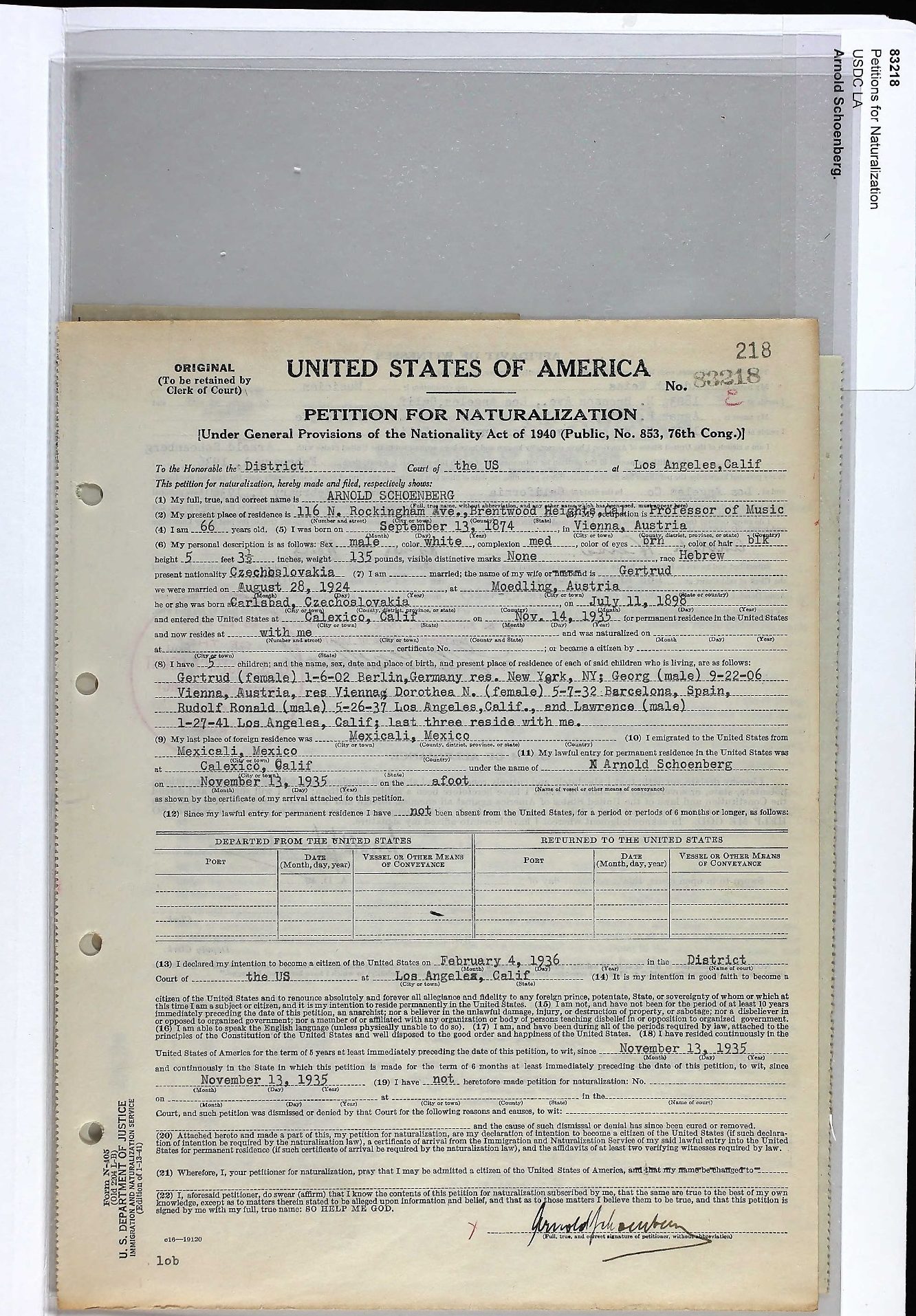
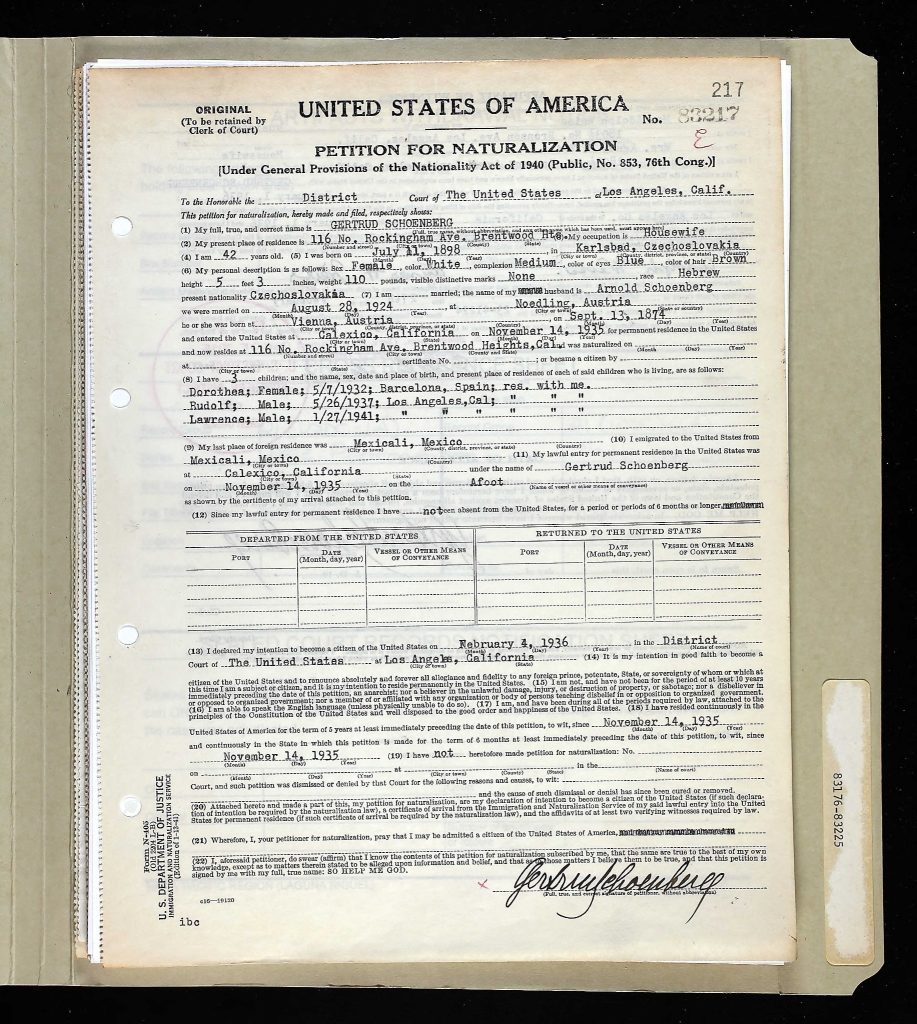
Even after applying for U.S. citizenship, my grandfather attempted to clarify his Czechoslovakian citizenship. The Czechoslovakian consulates in New York and Chicago stubbornly requested further information, including “how much time you spent in Czechoslovakia since the end of 1918 and where you were living.” My grandfather tried to explain his situation, but was unsuccessful in convincing the Czechoslovakians to confirm his citizenship. In March 1939, Czechoslovakia was invaded by Nazi Germany and so from then on the issue was moot.
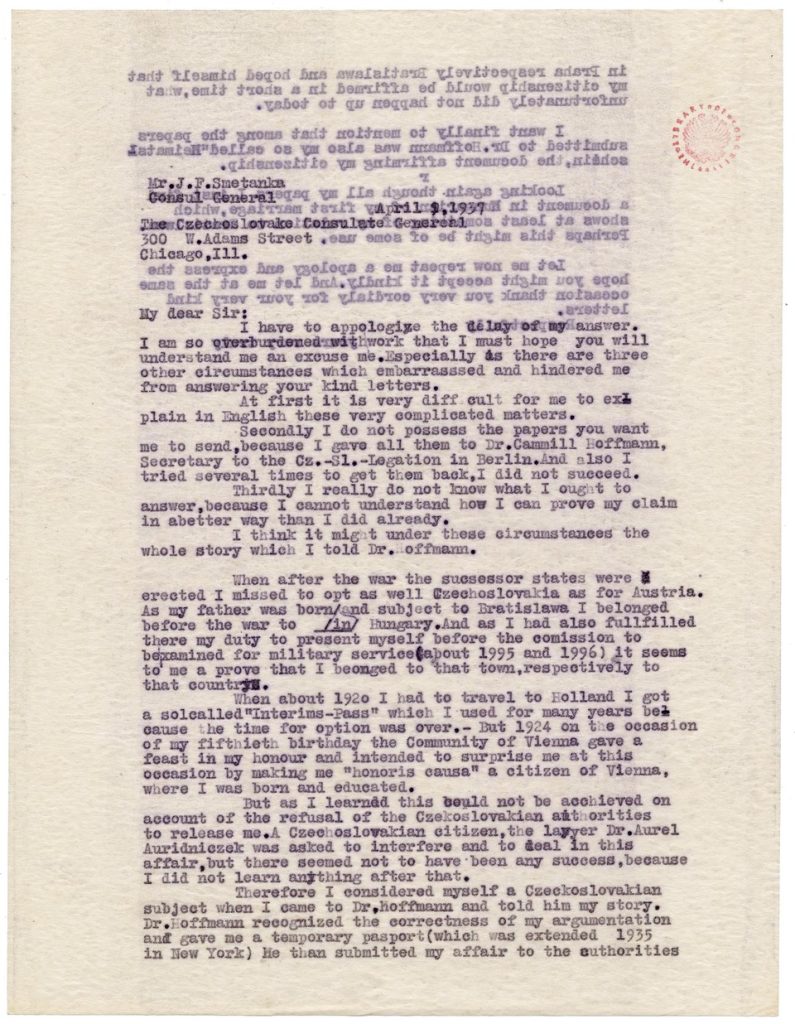
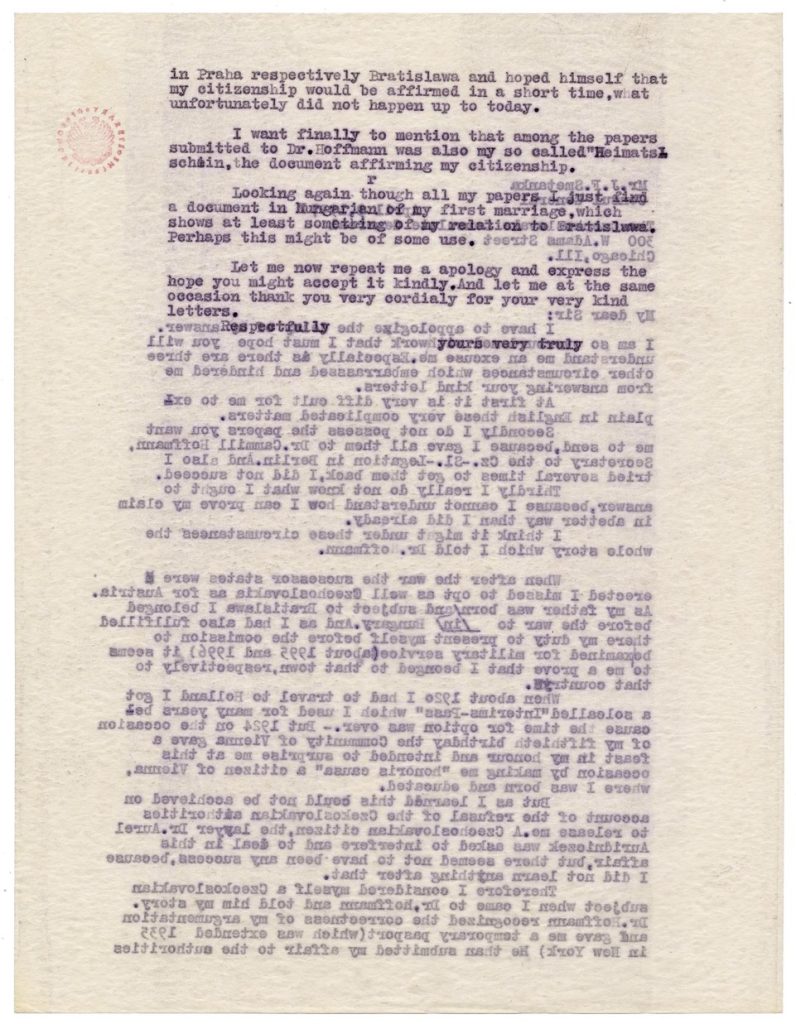
On April 11, 1941 my grandparents became U.S. citizens. They were fortunate to have applied in 1936 as Czechoslovakians, since at that time there was not yet a large number of immigrants from Czechoslovakia, and so they easily fit into the national quotas that the United States had imposed in the very racist Immigration Act of 1924.
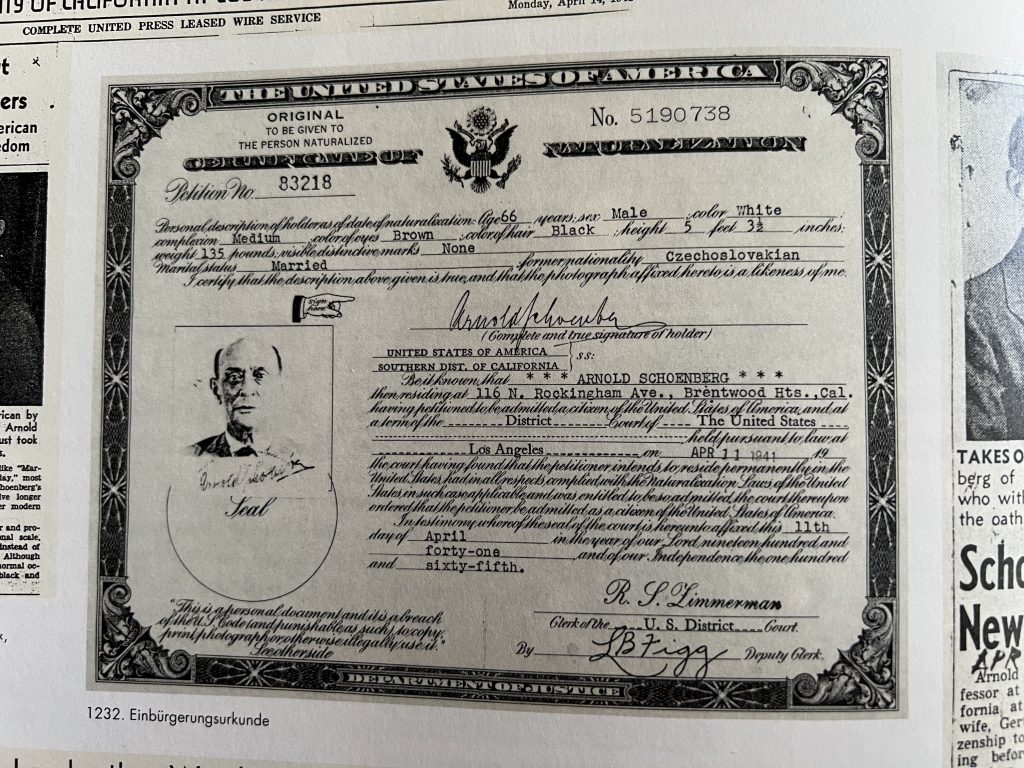
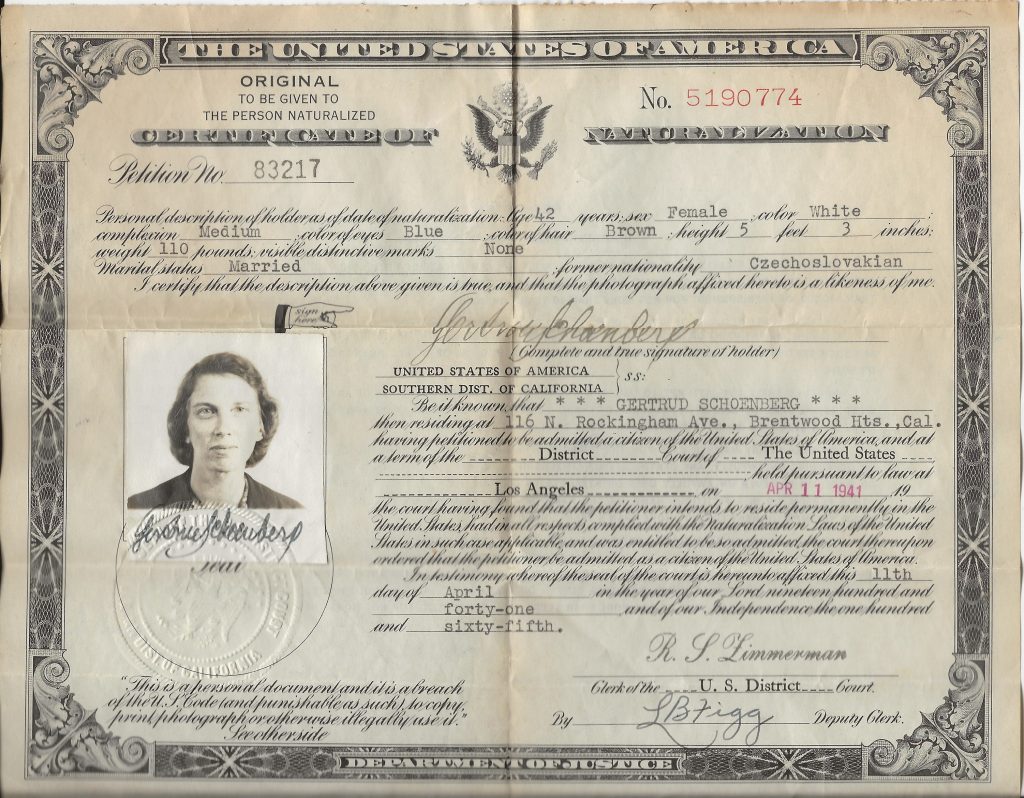
With that background I set out to apply for Czech citizenship under the new provision allowing the descendants of Czech citizens to obtain citizenship. I decided that my grandmother Gertrud Schoenberg would be the best ancestor to use for my application because she was actually born in Karlsbad, or Karlovy Vary in today’s Czech Republic. I figured that a grandparent born in the country who came to the United States with a Czechoslovakian passport would be a sure thing. Boy was I wrong.
The first thing I needed to do was get my grandmother’s birth certificate. Since her father had converted from Judaism and her mother had a non-Jewish mother, my grandmother was not born Jewish and her birth is recorded in a Catholic record book. Even though you can now view her record for her birth on July 11, 1898 online, I was required to submit a notarized application requesting a certified copy of her birth certificate. The Karlsbad birth record very clearly lists her parents and their parents. Her father was Dr. Rudolf Kolisch born in Koritschan, or Korycany in today’s Czech Republic. Anyone who understands how things worked in the old Austro-Hungarian monarchy would immediately understand from this that my grandmother, although born in Karlsbad in Bohemia, was almost certainly registered for citizenship purposes as having home right (Heimatrecht) in Koritschan, Moravia. Of course, not everyone in today’s Czech Republic understands how things worked back then. Many aren’t even old enough to remember the fall of Communism in 1989. And so, unbeknownst to me, the Czech authorities spent the first year after my application searching fruitlessly for confirmation of my grandmother’s citizenship in Karlsbad. Frustrated, I turned to the Facebook group “Applying for Czech Citizenship.” They were very supportive and sympathetic, and helped me understand what the authorities were requesting.
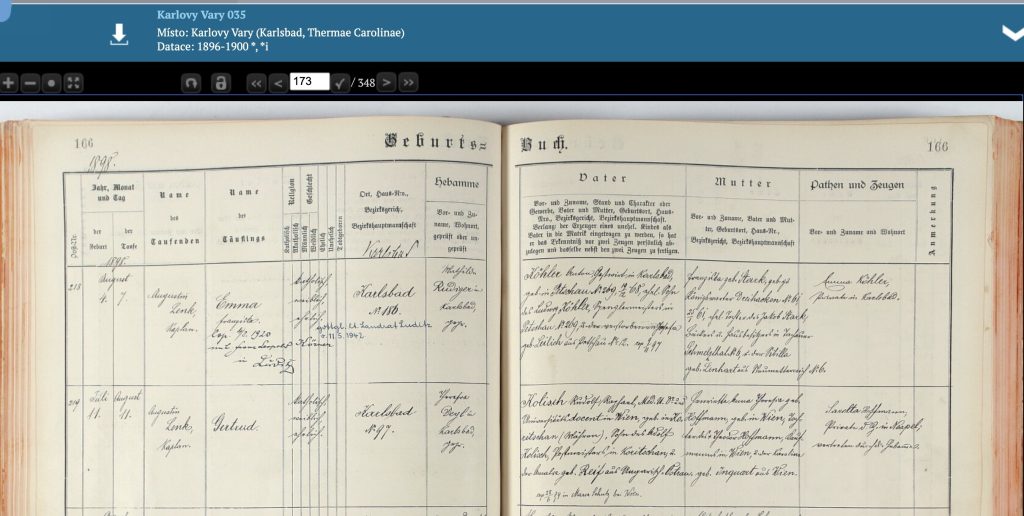
Before I describe the numerous indignities suffered during my Czech application, I have to explain one additional issue I needed to resolve. Unlike many other countries, Austria does not ordinarily permit dual citizenship. Or more accurately, they have a rule that if you are an Austrian citizen and you obtain another citizenship, you automatically lose your Austrian citizenship. Not wanting this to happen when I applied for German and Czech citizenship, I made a special application for “Beibehaltung,” literally permission to keep my Austrian citizenship in the event I received another citizenship. I was told by various experts, including an Austrian lawyer I paid to help me prepare a petition, that this was impossible and that I would not succeed. In the end, with the help of a friend’s father who translated my accompanying letter into perfect German, and some pressure from some other friends, including an Austrian ambassador, I received my permission. I am not sure which factor was the clincher, but I did argue that my collecting of citizenships was an act of restitution as a result of Nazi persecution. Notwithstanding my well-known efforts to remove Klimt paintings from Austria, I also travel there frequently as a board member of the Arnold Schönberg Center. So I did have at least some justification for maintaining my citizenship. In any case, after applying in January 2021, I received permission in April 2021 to obtain German and Czech citizenship within two years. The German citizenship was a bit easier, although not without some pushback — the German authorities wanted to confirm when my grandparents lost their German citizenship, apparently stumped by the fact that my grandparents fled before their citizenship could be officially stripped away — and success came relatively quickly in October 2021. The Czech application was more difficult as it required lots of expensive certified translations into Czech, but I filed it with the local Czech consulate (which is very close to where I live) in August 2021.
In January 2022, the Czechs asked me for “proof of loss of Czech citizenship of your grandmother” and her death certificate (certified with apostille and then translated into Czech, of course). They said I needed to apply for the proof of loss of citizenship and sent me a form, which I filled out and filed in their office after obtaining all the requested documentation. In July I finally received a response, a request for further information about my grandmother’s citizenships, whether she was ever an Austrian citizen and her German citizenship. More complications.
My grandmother’s citizenship history turned out to be as complicated as my grandfather’s. Although it was clear that her father Dr. Rudolf Kolisch (1867-1922) was from Koritschan, Moravia (a town currently in the Czech Republic) where his father Adolf was the postmaster, the records for that town prior to 1918 are scarce. I made numerous requests to the municipal and regional archives in that area (including not only Korycany, but also Kyjov and Hodonin) but they found nothing. There is an 1857 census with the family, but not Rudolf who was born in 1867. Another census in 1869 lists Rudolf (with the birth year 1868, but he was born 1867).
After his father Adolf died in 1878, Rudolf moved to Vienna as a boy to go to school and may have lived with an older sibling. In 1880 Rudolf is listed in Vienna as a student at the Franz Joseph Gymnasium. He went on to study medicine, also in Heidelberg, Germany and then returned to Vienna where he treated patients with diabetes. He wrote several important articles and a book on diabetes before dying in April 1922, shortly before the announcement of the discovery of insulin. Rudolf married my great-grandmother Henriette Hoffmann in 1894 in the small resort town of Maria Schutz am Semmering in the hills outside Vienna. During the summer months, Rudolf moved the family to Karlsbad in Bohemia, where he treated wealthy patients and earned money to pay for his research in Vienna. My grandmother Gertrud was born there in July 1898.
I asked the Vienna municipal citizenship office (MA35) to search for information about the Kolisch family to determine whether they had become Austrian citizens. The answer came back that according to their records, my grandmother, her parents and siblings all became Austrian citizens on February 18, 1915. This is almost certainly incorrect, but I have yet to figure out what explains it.

The contrary evidence is overwhelming. When my great-grandfather Rudolf died on April 7, 1922, his death record lists his citizenship (Zuständigkeit) as Czechslovakian (although with a question mark). Shortly before that he had written a letter to his department complaining of their failure to make him a full professor, allegedly because he was a foreigner. When my grandmother’s older sister Mitzi married in 1920, her documents say she was a citizen of Koritschan. I contacted the Harvard University archives of my grandmother’s brother the violinist Rudi Kolisch and they found his Czechoslovakian citizenship papers issued in 1919. His Austrian citizenship document is dated June 27, 1923. My great-grandmother Henriette Kolisch’s Austrian citizenship document is dated August 21, 1922. My guess is that after Dr. Rudolf’s death in 1922, the Austrian citizenship was recorded for the entire family, perhaps retroactively to 1915.
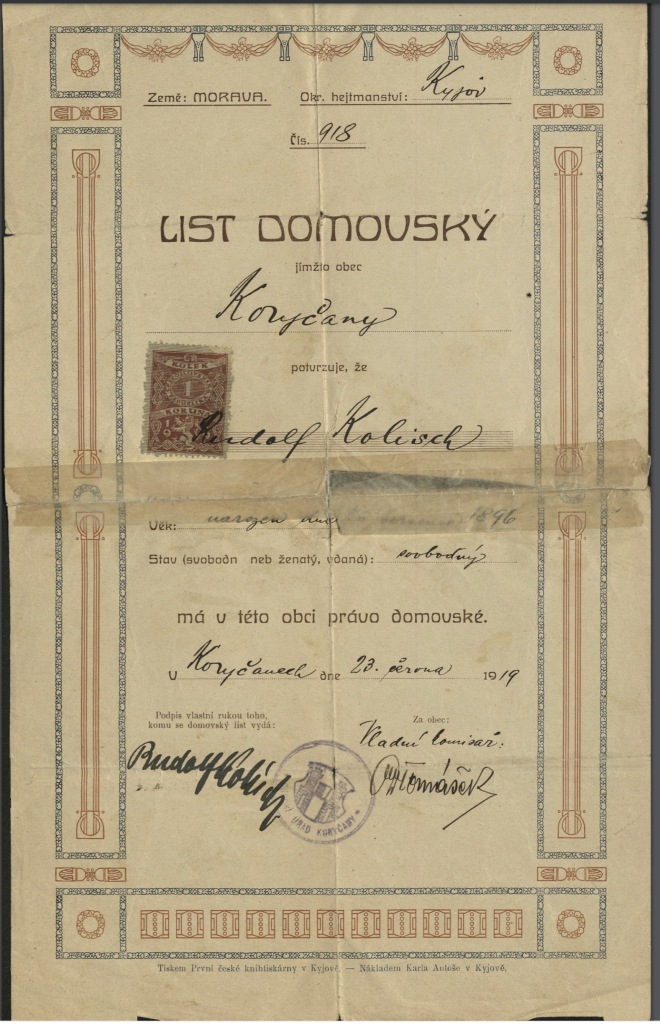
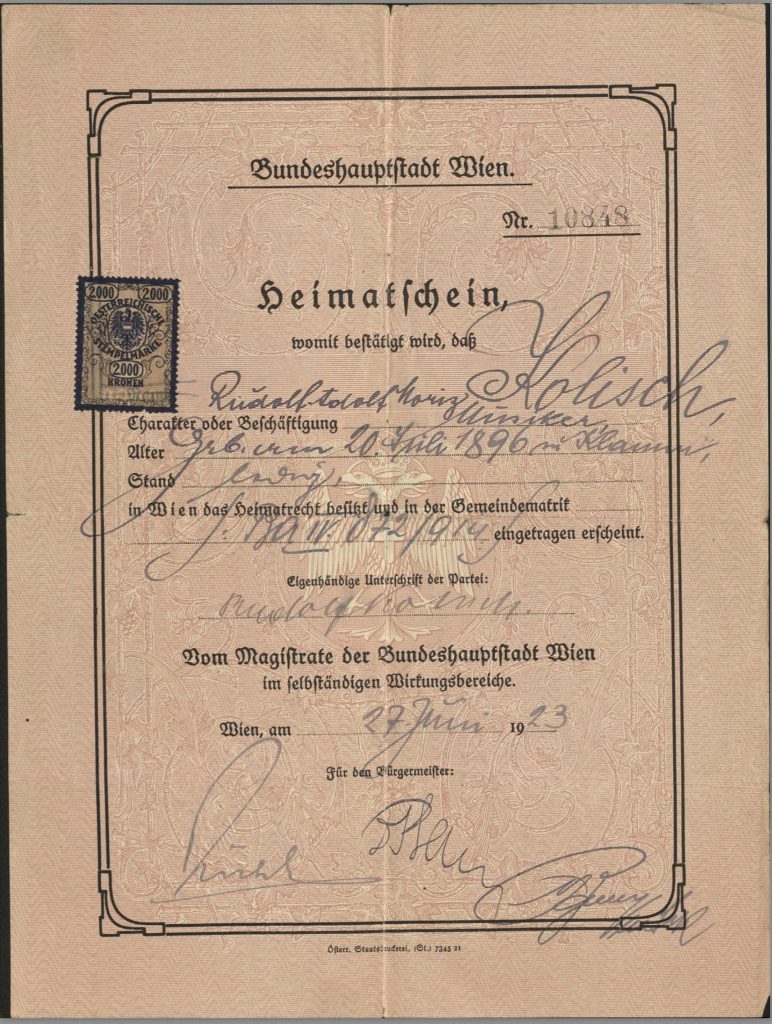
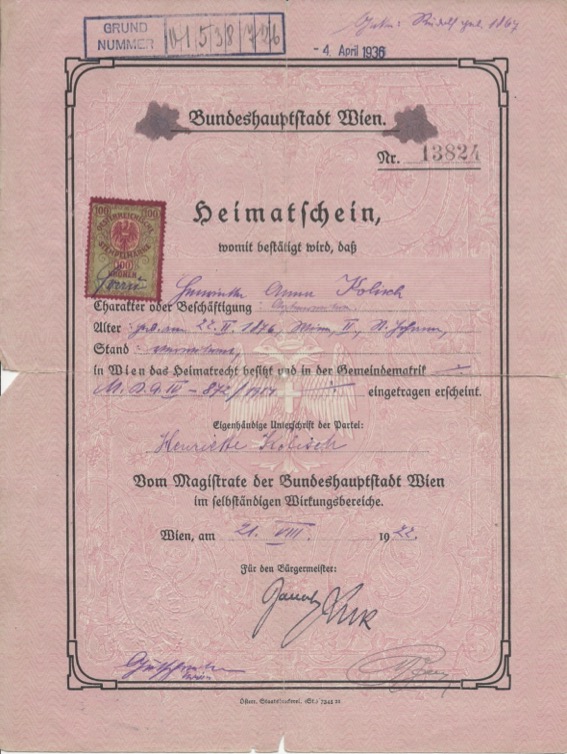
In any case — whether my grandmother became an Austrian in 1915 or 1922 or never — when she married my grandfather in 1924 she automatically obtained his citizenship, which should have been Czechoslovakian, since he was not Austrian. Upon his appointment to the position in Berlin in 1926, she would have followed him and become automatically a Prussian German citizen. As demonstrated above, she obtained a temporary Czechoslovakian passport in April 1933 and fled with that to France and then to the United States, where she applied for U.S. citizenship in February 1936 and became a U.S citizen in April 1941.
The 2019 Czech citizenship law allowed me to obtain Czech citizenship if my parent or grandparent was a former Czechoslovak citizen. If I had a Czechoslovak citizenship document for my grandmother, as I did for her older brother Rudi, I think the task would have been easier. But without that document, the Czech authorities wanted to find something else to rely on, and that could not be found.
I tried to obtain documents in Bratislava from the Slovak government since my grandfather and grandmother should have been registered there. The Slovak consulate in Washington DC was terrifically responsive, very friendly, helped me apply for a document confirming my grandmother’s Czechoslovakian citizenship. But despite the friendliness of the consular office, the folks back in Bratislava were less obliging. The problem, I believe, is that for Czechoslovakia the 1921 and 1930 population censuses are their key sources. But my grandparents were not included in those censuses because in 1921 they were in Vienna and in 1930 they were in Berlin.
I obtained a statement from the authorities in Vienna confirming that my grandmother lost her Austrian citizenship when she married my grandfather Arnold Schoenberg, a Czechoslovakian citizen, in 1924. I also obtained a statement from the German consulate confirming that my grandmother obtained German citizenship in 1926 with my grandfather, who also would have lost his citizenship when he became a U.S. Citizen in April 1941. As a result, my father, born in Los Angeles in 1937 would have been born both a German and US citizen, but would have lost his German citizenship as a result of the decree expatriating all German citizens with Jewish background on November 25, 1941.
But the real solution to the problem was retaining the assistance of a young Czech lawer, Jonatan Müller, the son of my good genealogy friend Julius Müller. Jonatan viewed the file on my application in Prague and spoke with the authorities involved. They were unmovable in their insistence that we provide some official Czech document showing that my grandmother had lost her Czechoslovakian citizenship. Jonathan decided that the key bureau would be in Zlín in Moravia. That office was authorized to create citizenship documents where the originals were missing in Koritschan. Jonatan went to Zlín to explain the situation, presented all the evidence we had assembled, and ultimately prevailed on the authorities to issue the necessary document, a statement declaring that my grandmother had lost her Czechoslovakian citizenship because she became an American citizen on April 11, 1941.
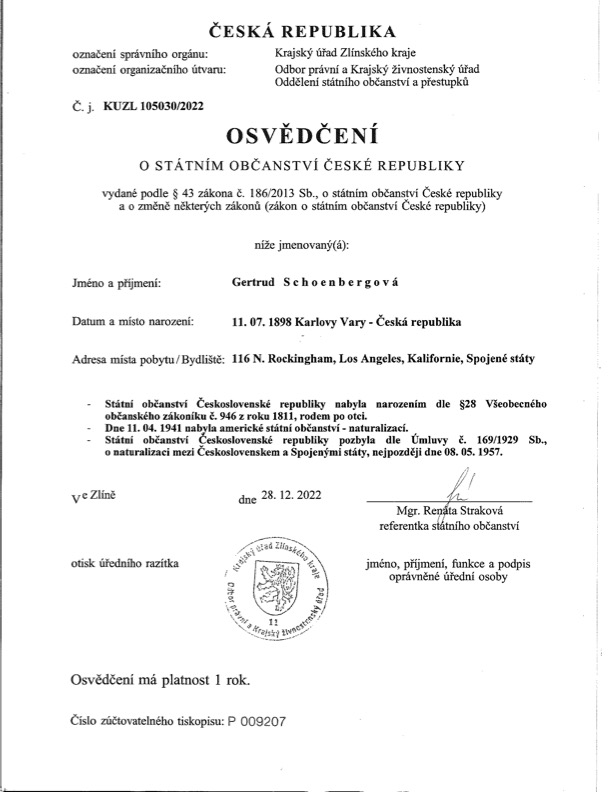
That document did the trick. It says that my grandmother acquired her citizenship under an Austro-Hungarian law of 1811 through birth. She lost her Czech citizenship no later than May 8, 1957, as a result of her US naturalization on April 11, 1941. (In 1941, Czechoslovakia was in a state of war, having been occupied by Germany, and so she could not have lost her citizenship at that point, but only later pursuant to a treaty with the United States.) The office in Prague relied on the new document and issued me my Czech citizenship. Whether or not the date of her loss of citizenship is correct, and it may not be, there is no doubt in my mind that my grandmother was born with home right in Koritschan, Moravia and that she most likely was a Czechoslovakian citizen after World War I. At some point, probably 1922 or 1923, she probably became Austrian, and then became Czechoslovakian again when she married my grandfather in 1924. She may have lost her Czechoslovakian citizenship in 1926 when she became a German citizen, and she may also have been entitled to be a Czechoslovakian citizen again when my grandparents obtained the temporary Czechoslovakian passport in April 1933. In that case, she would have lost the Czechoslovakian citizenship again (for a third time?) at some time after 1941 when she became a U.S. citizen.
The officials who handle these citizenship requests would like things to be simple, but when dealing with citizenship in the Austro-Hungarian Empire through the Nazi era, things are often not so simple. I am fortunate to have the time and resources to make a successful application for citizenship. I fear others might not be so lucky. Nevertheless, I feel good knowing that I have shown how it is possible to obtain Czech citizenship, even when some of the key documents are missing.
